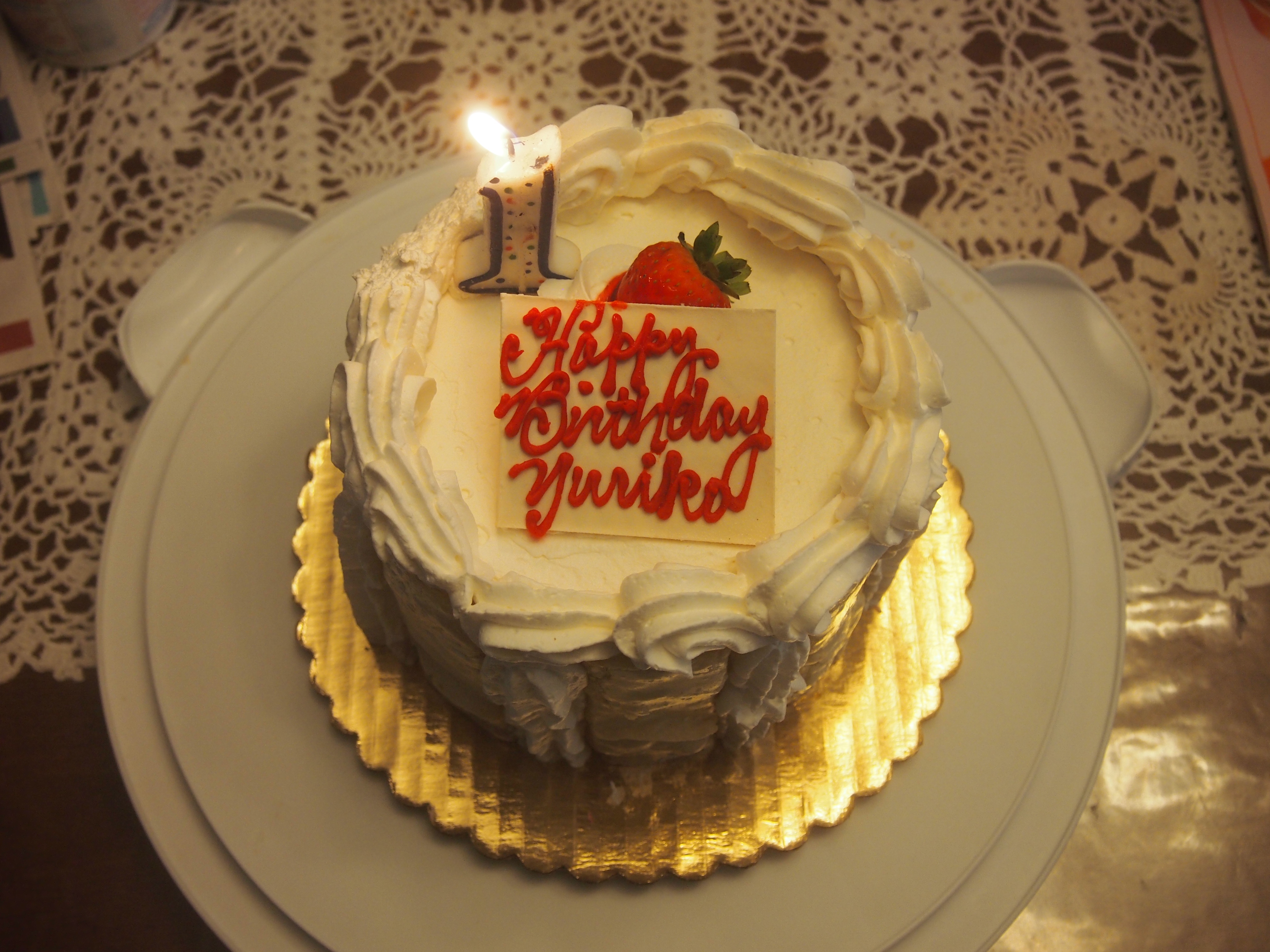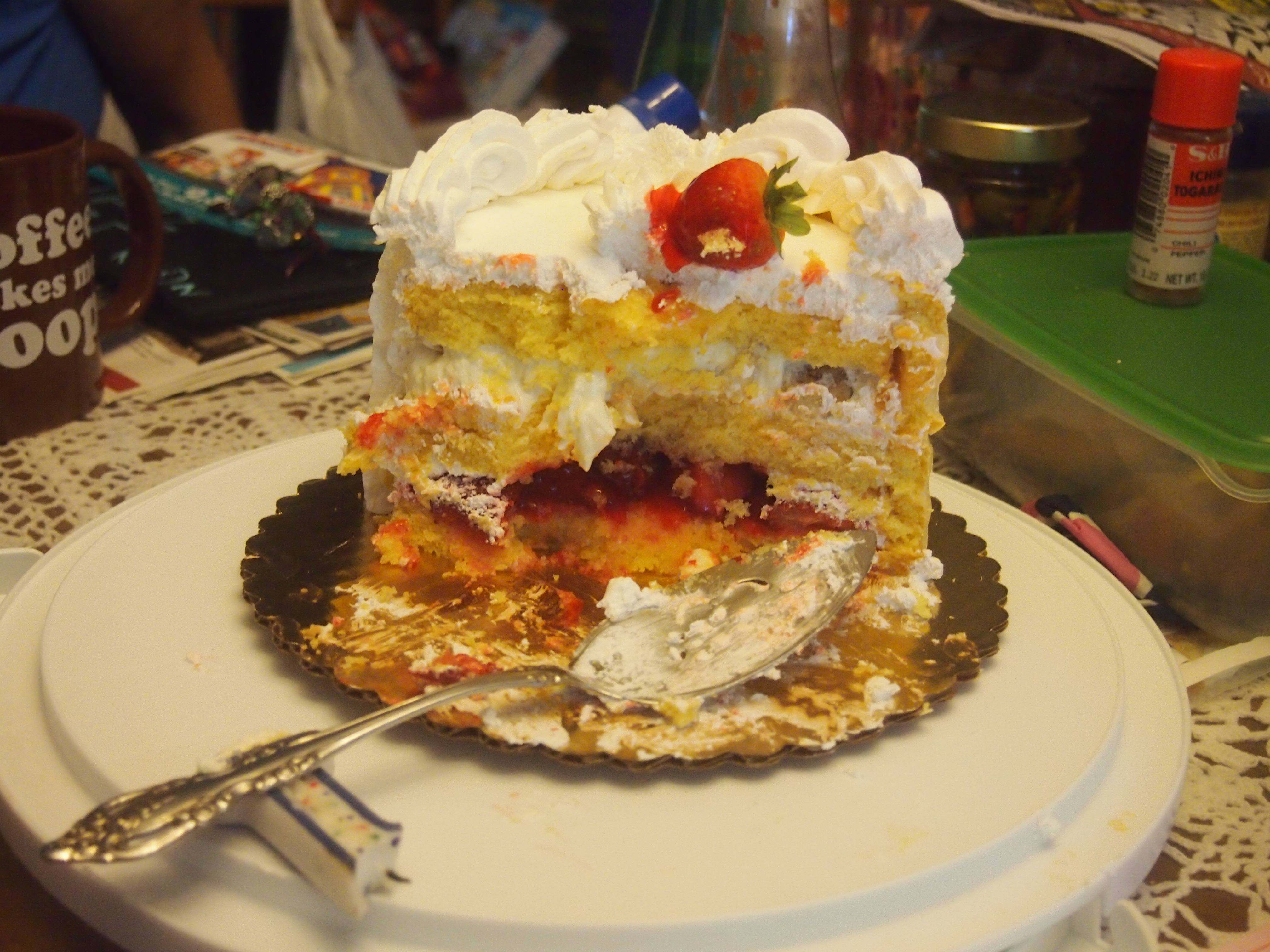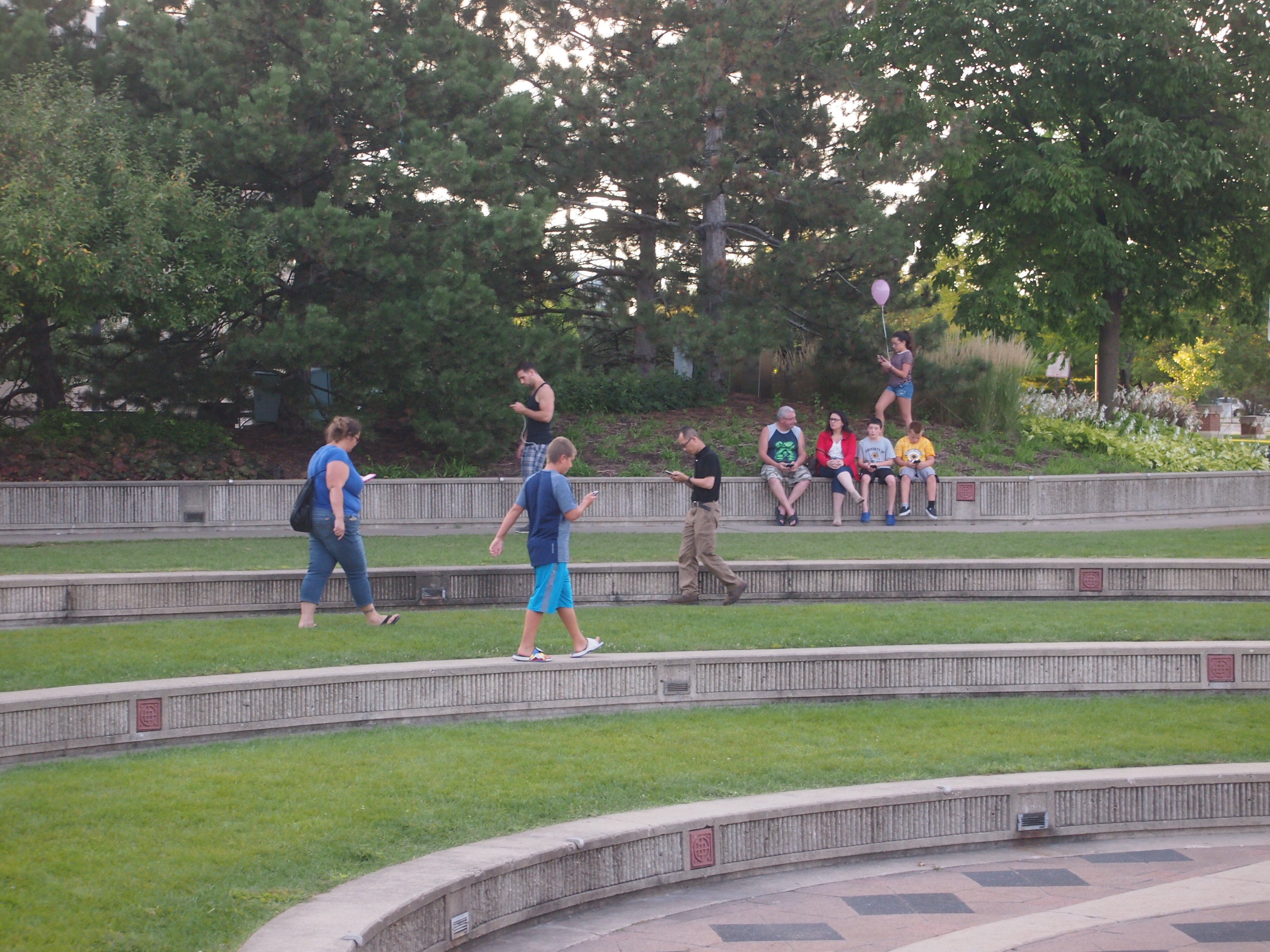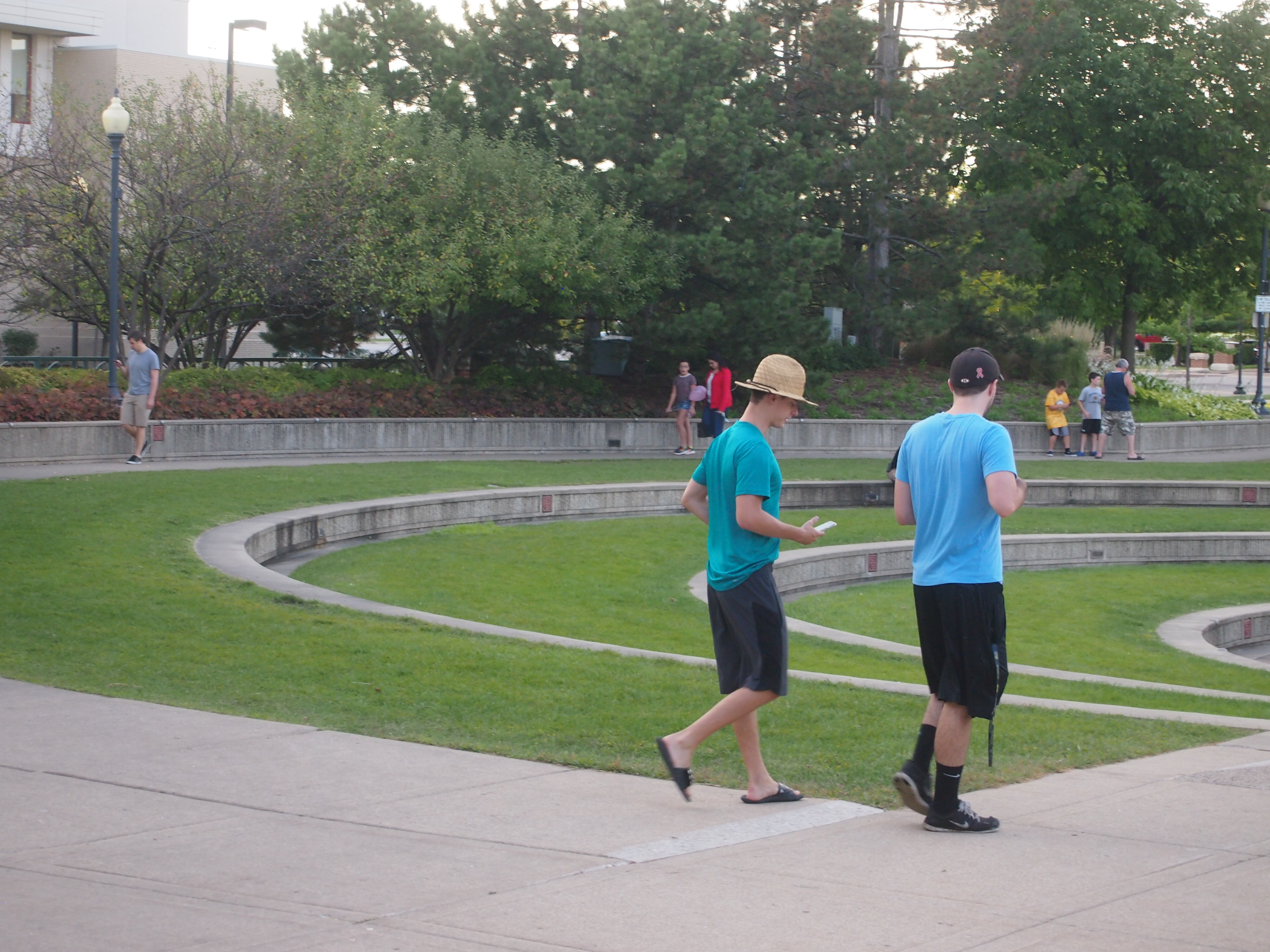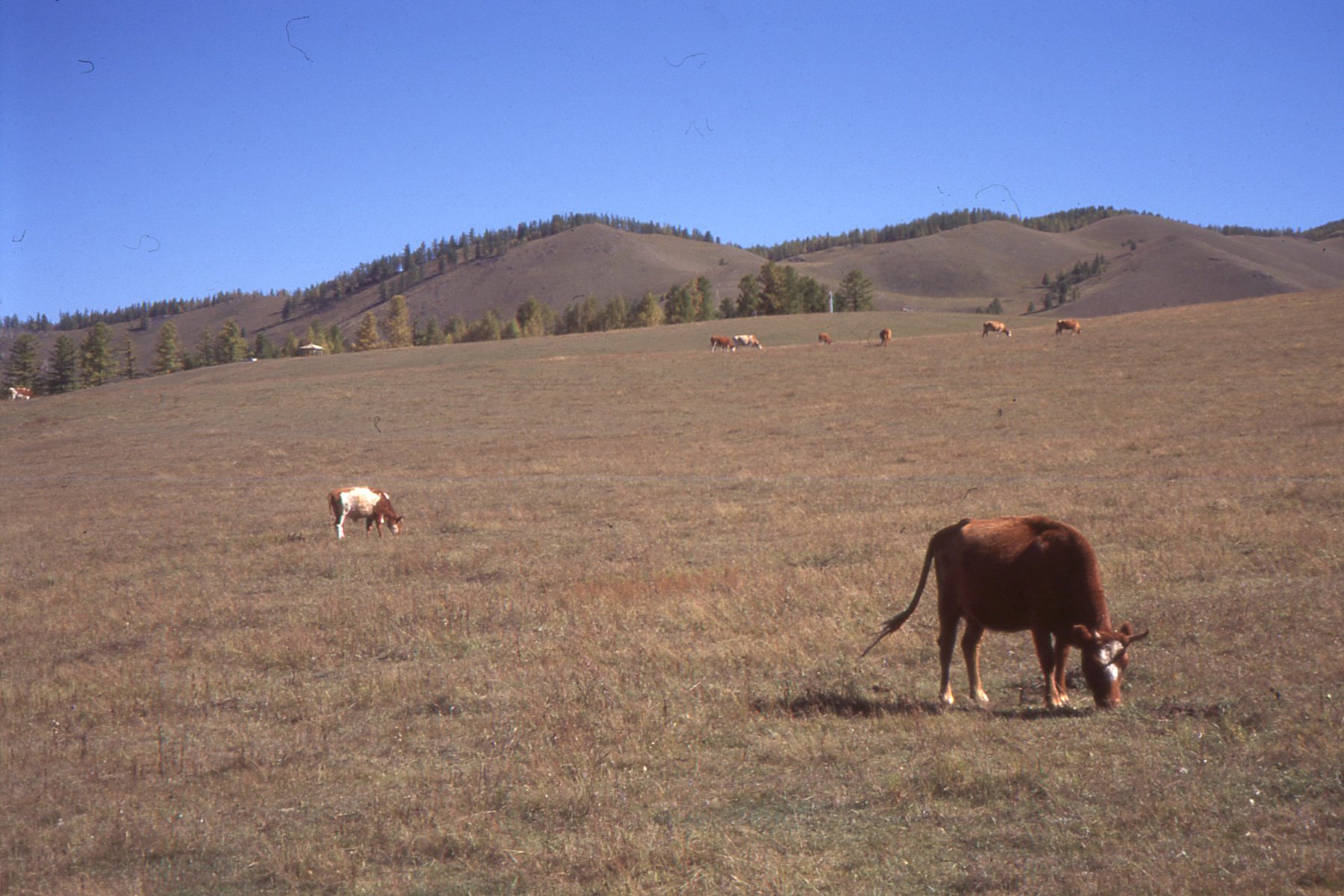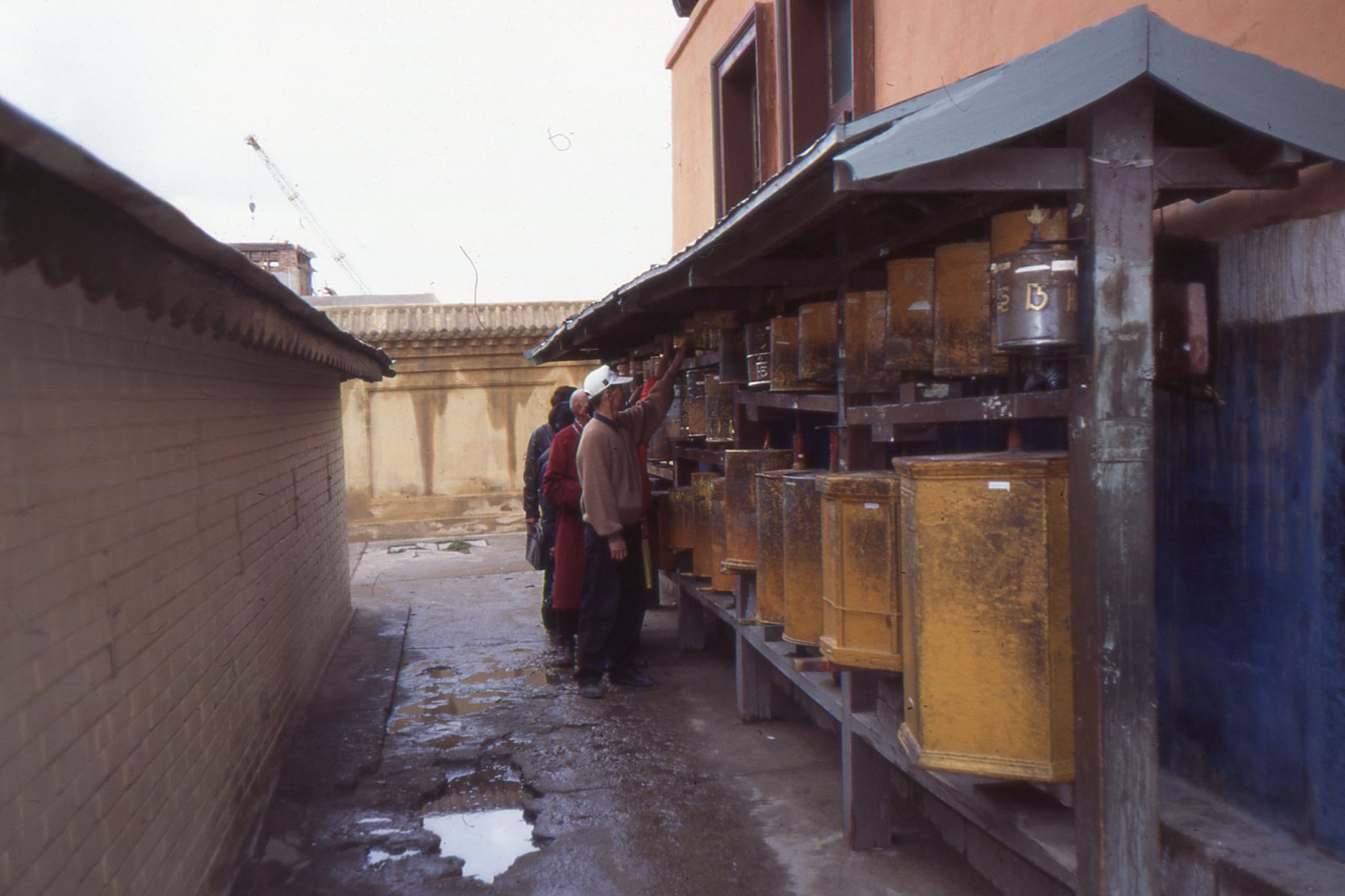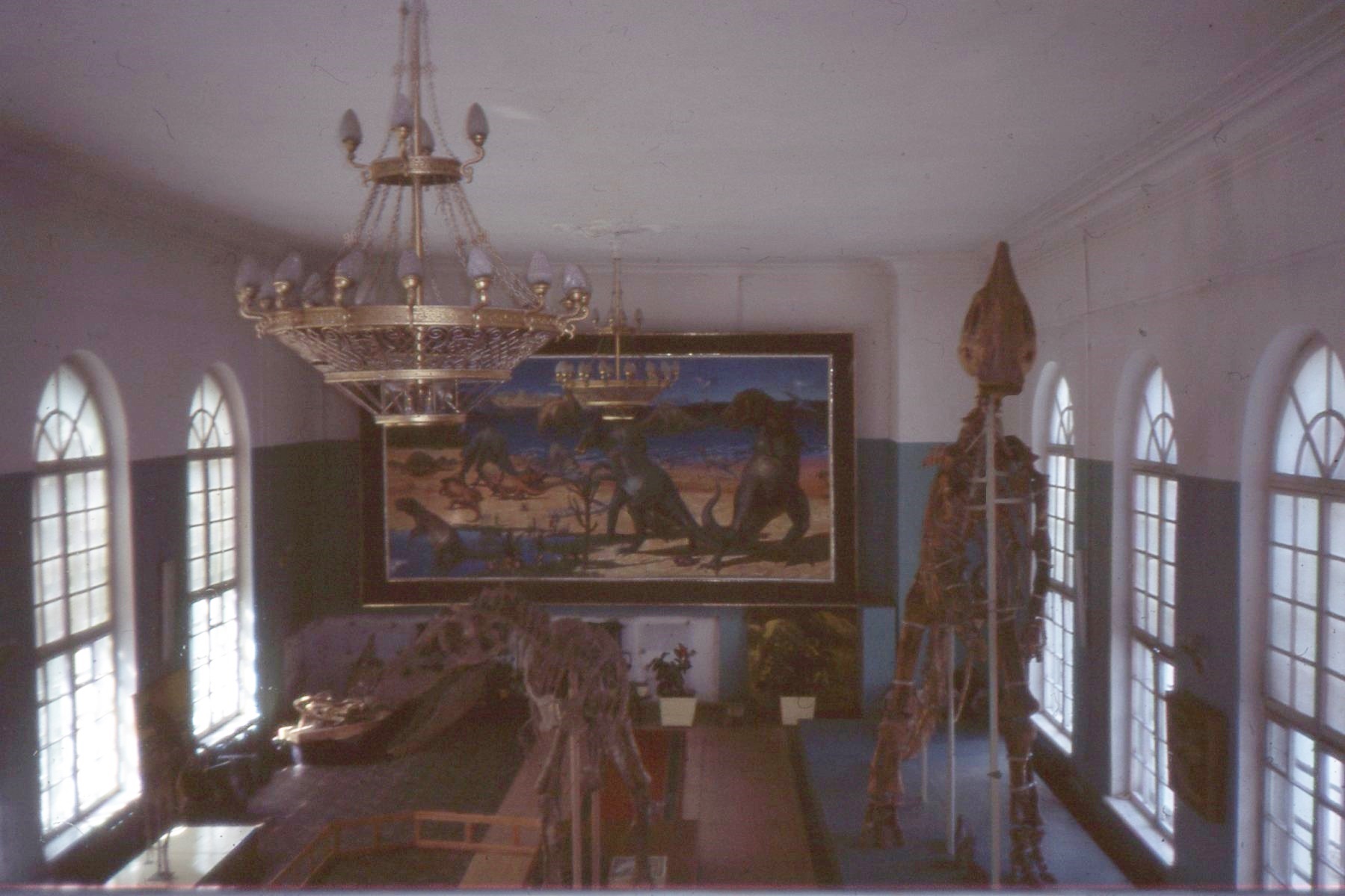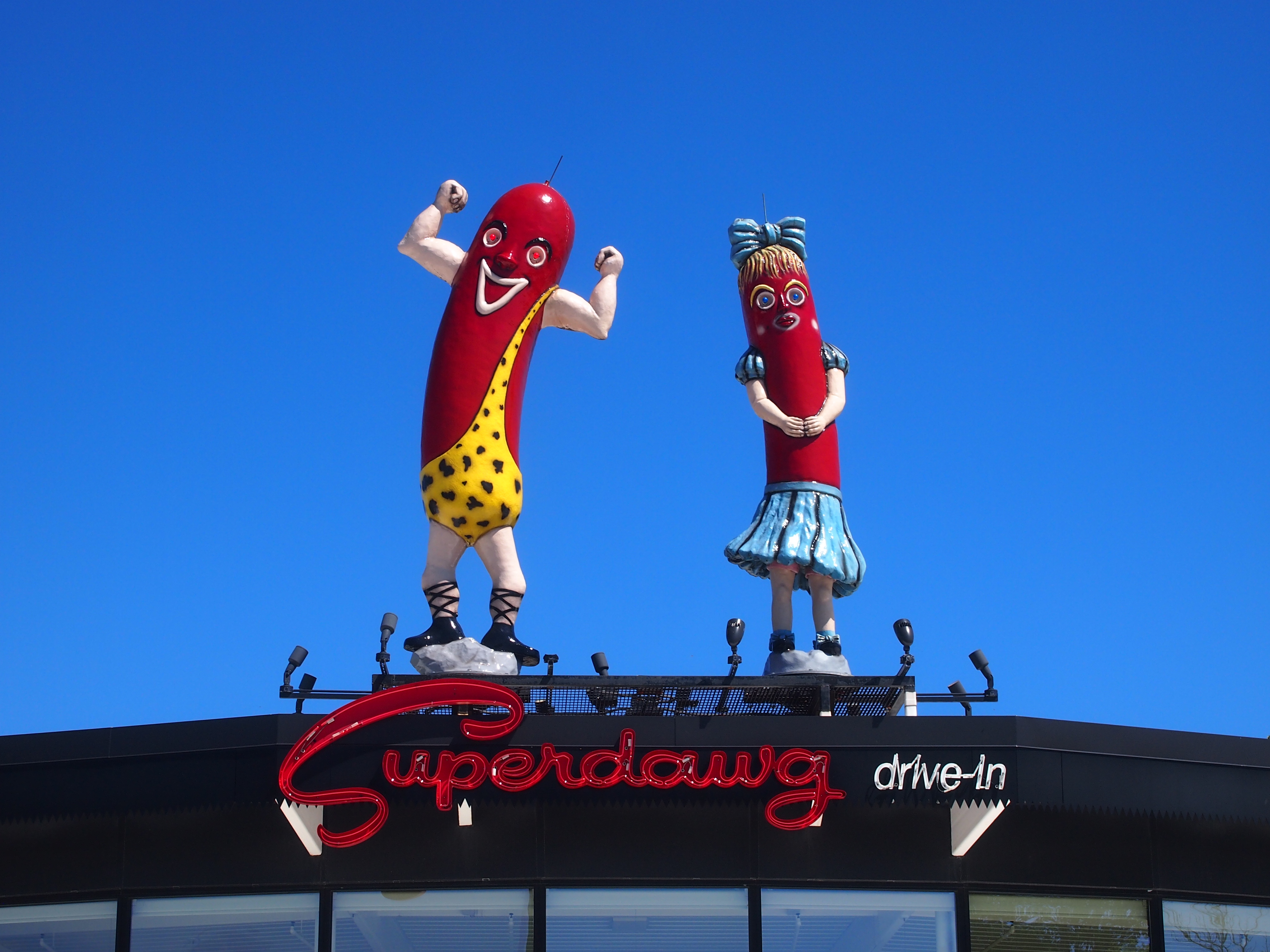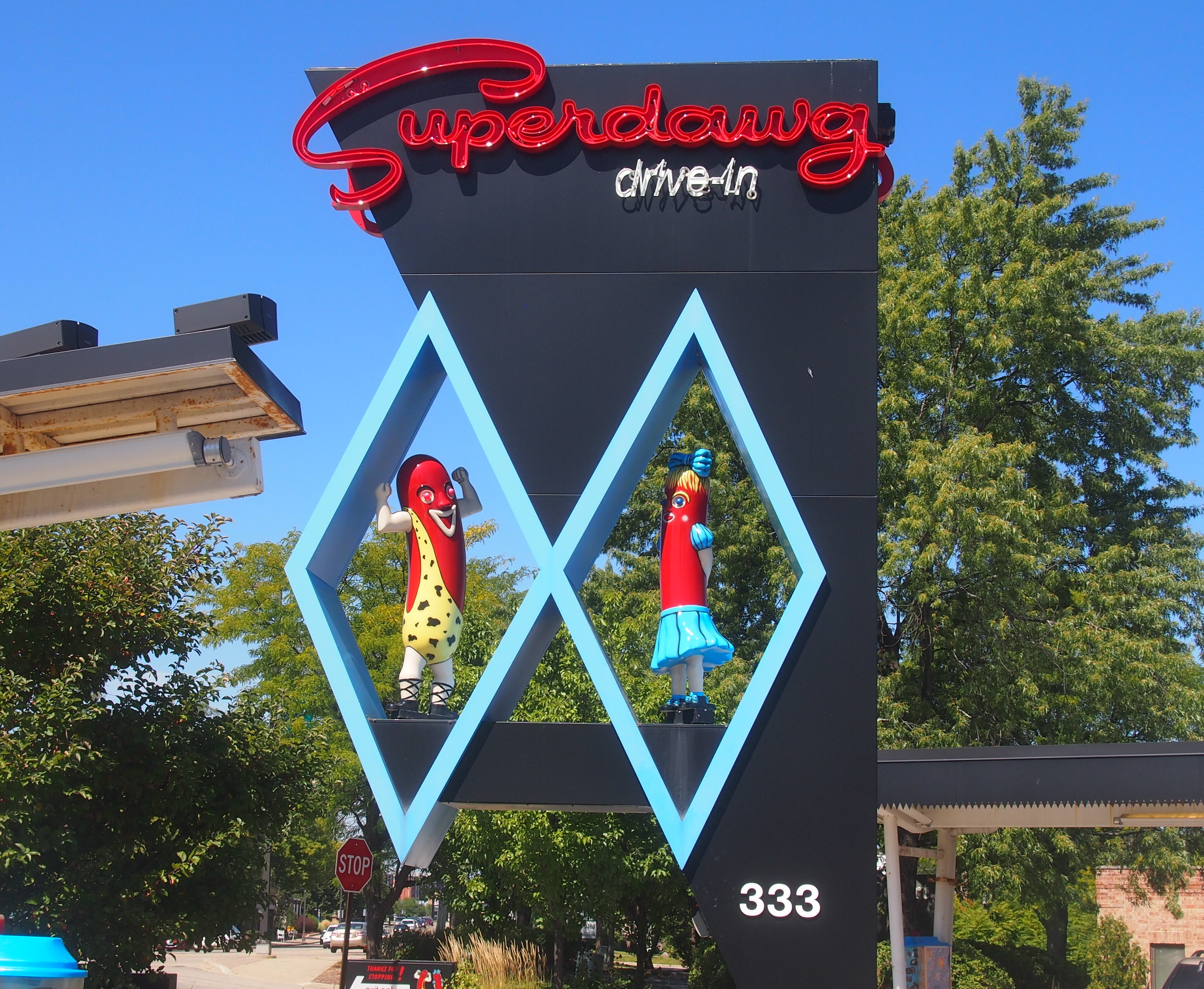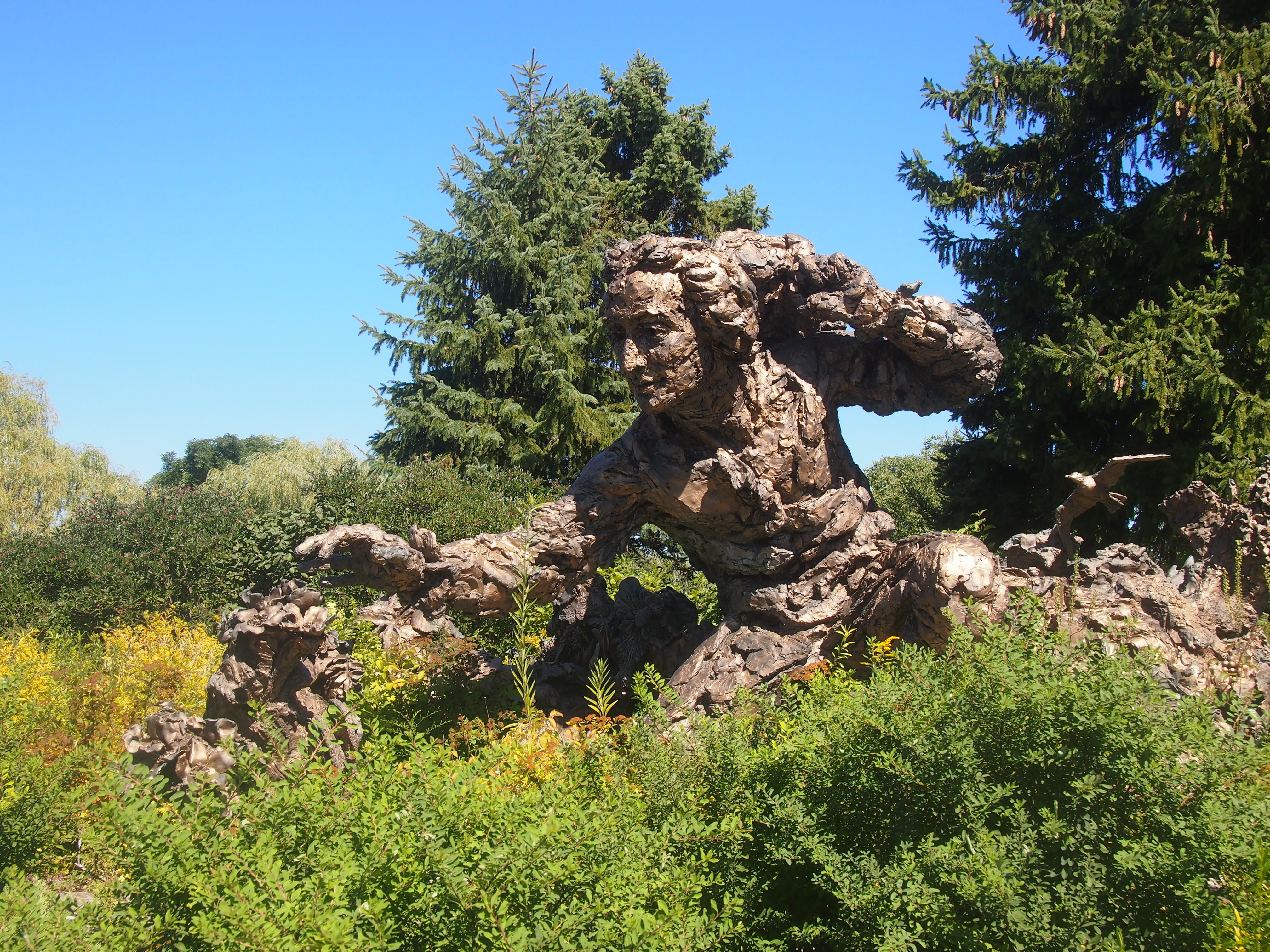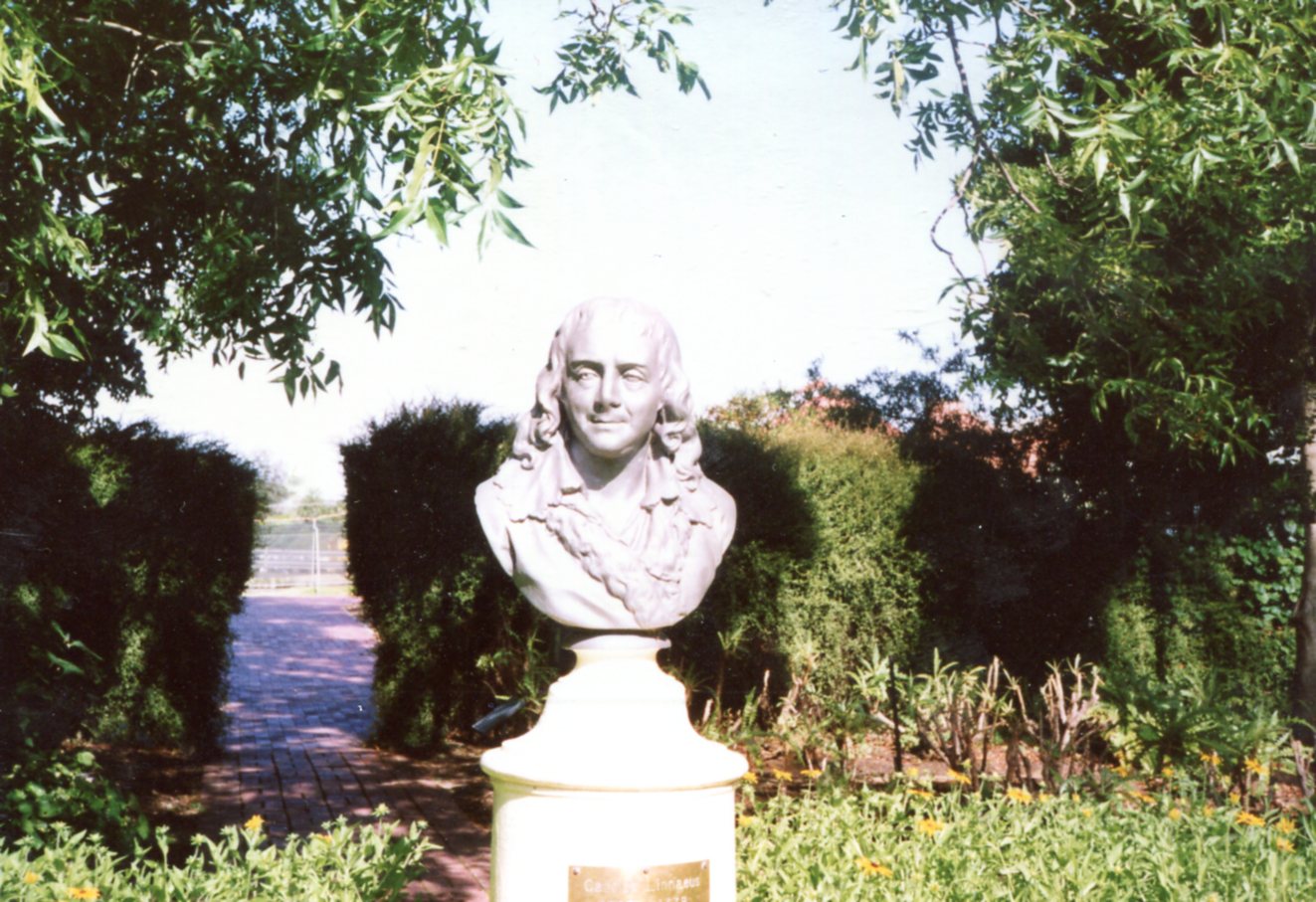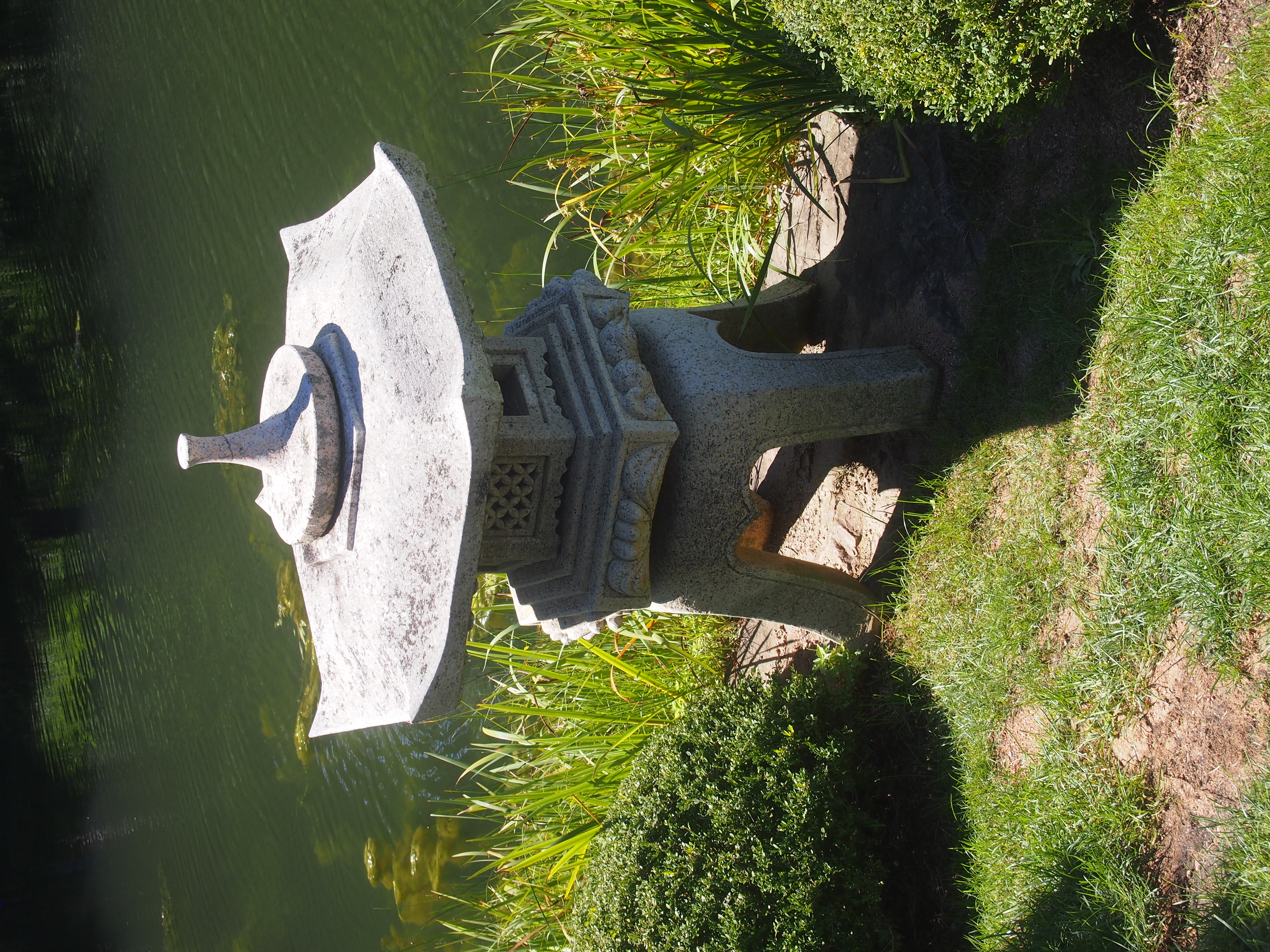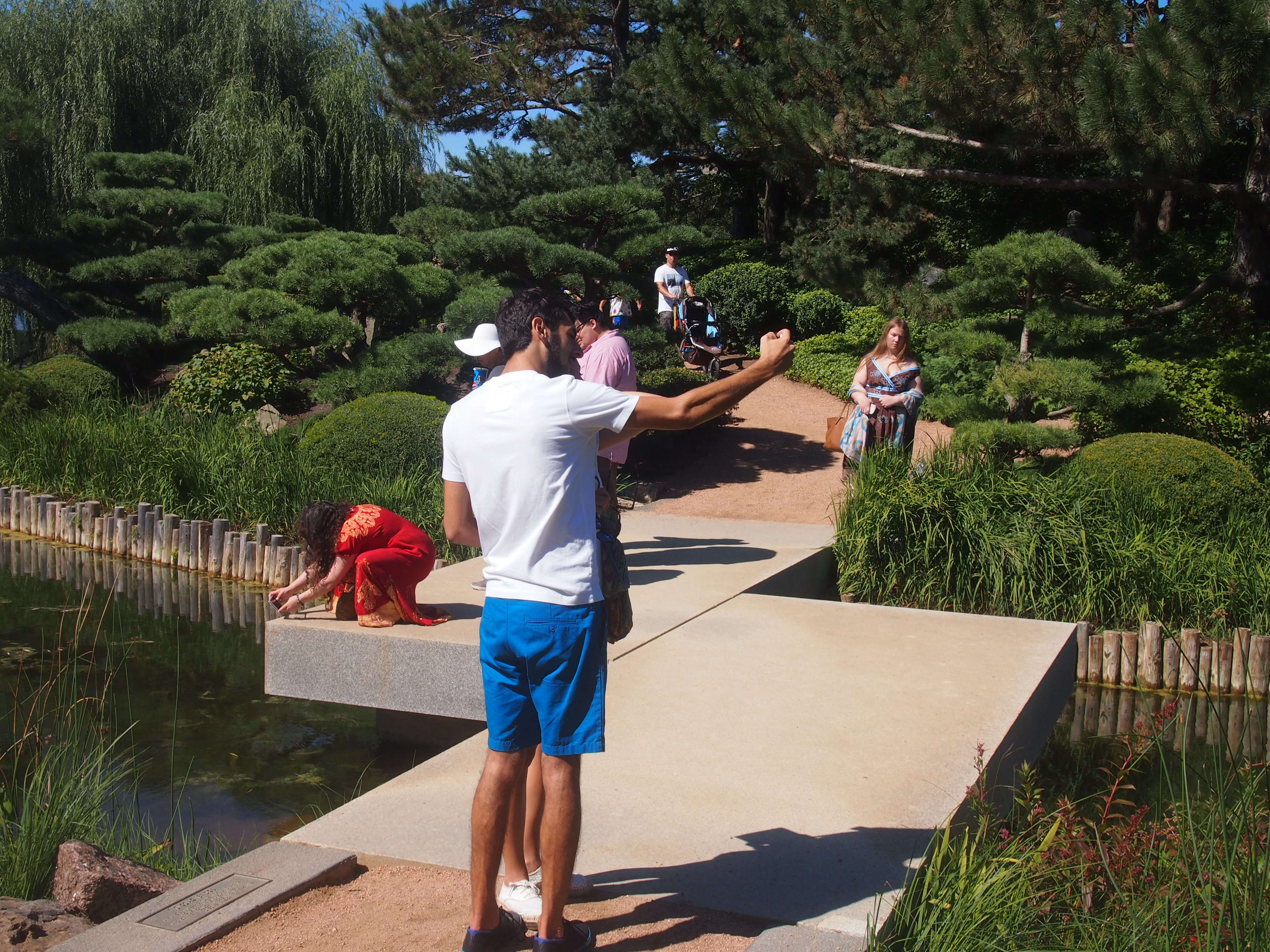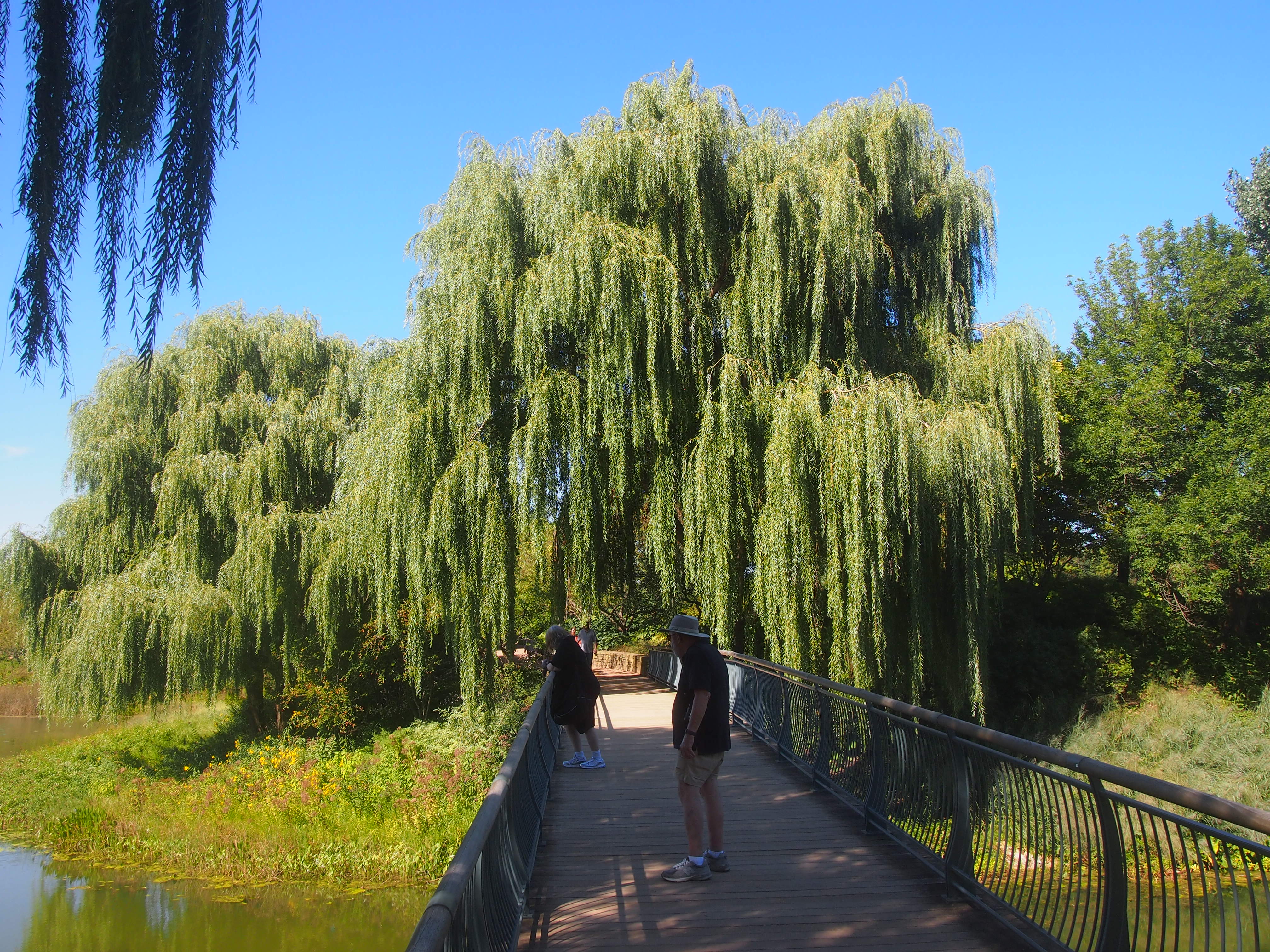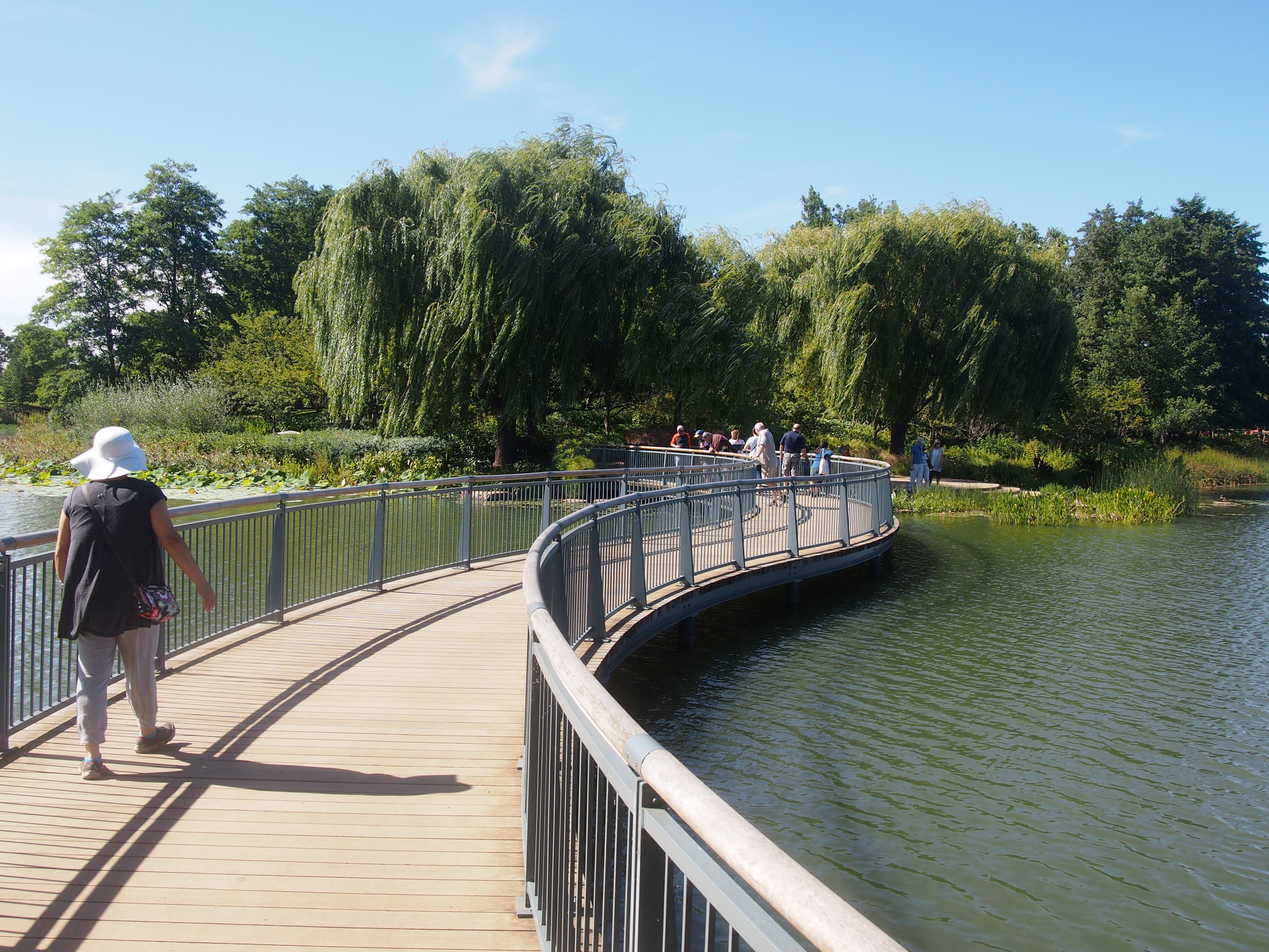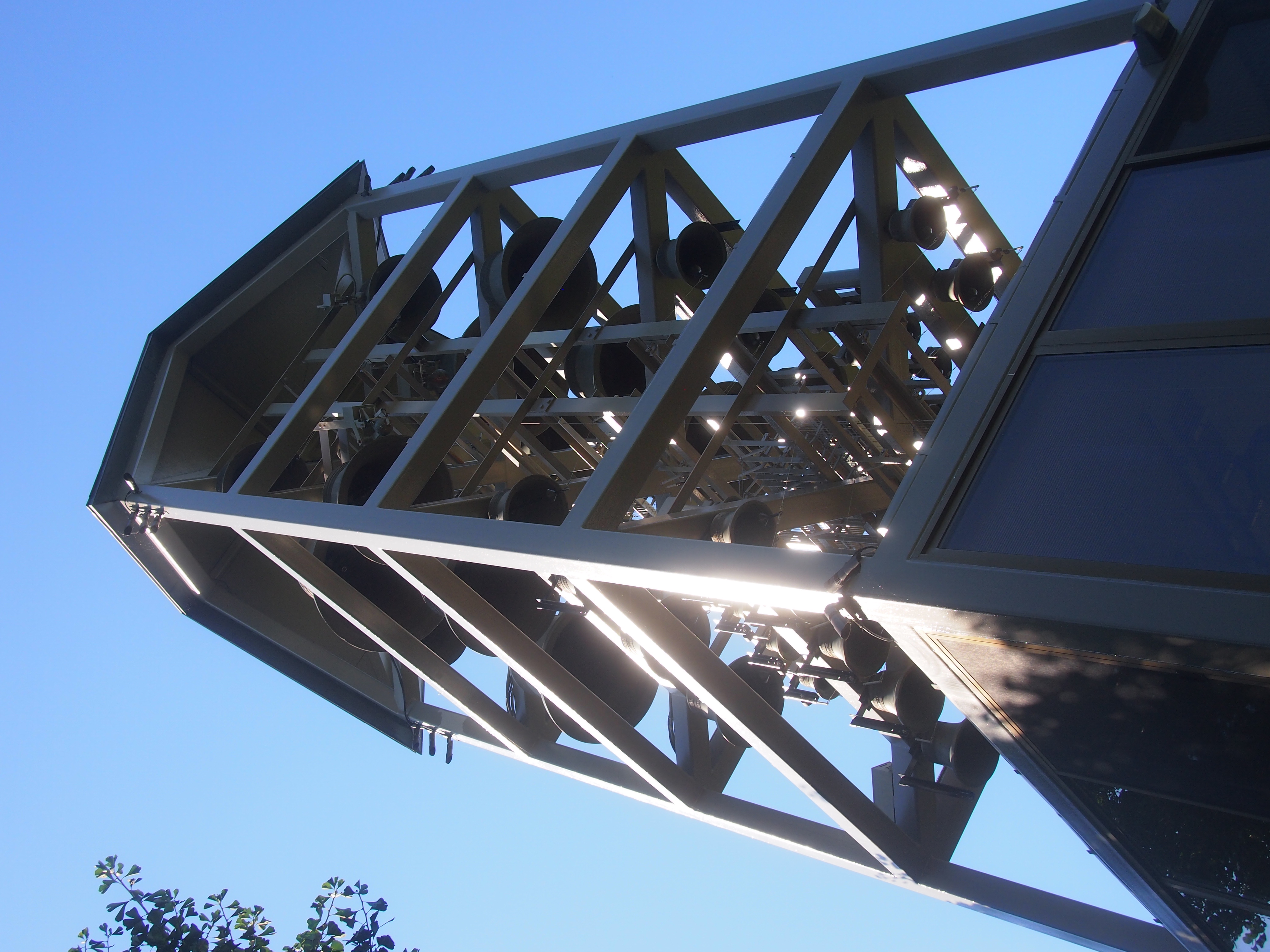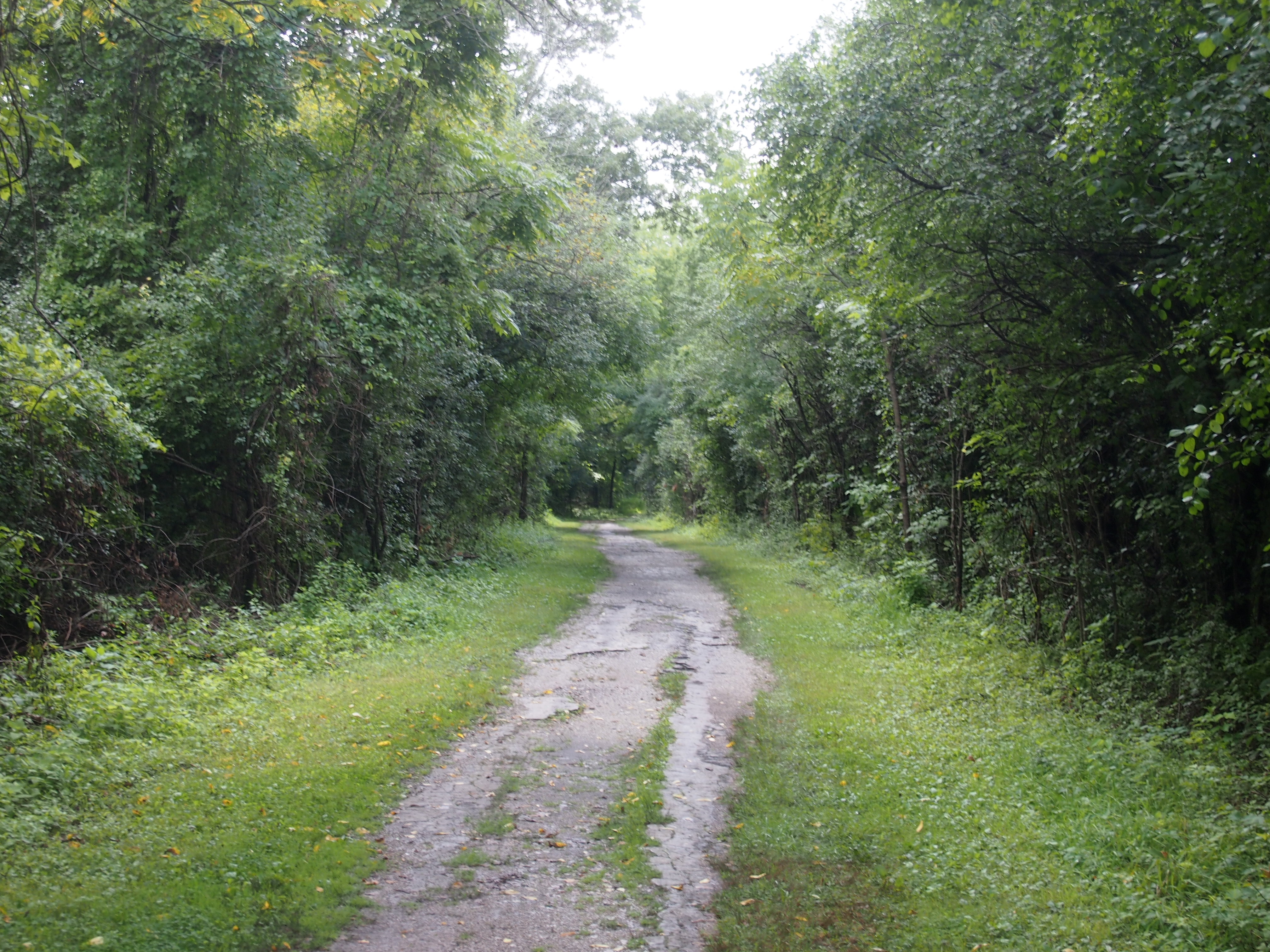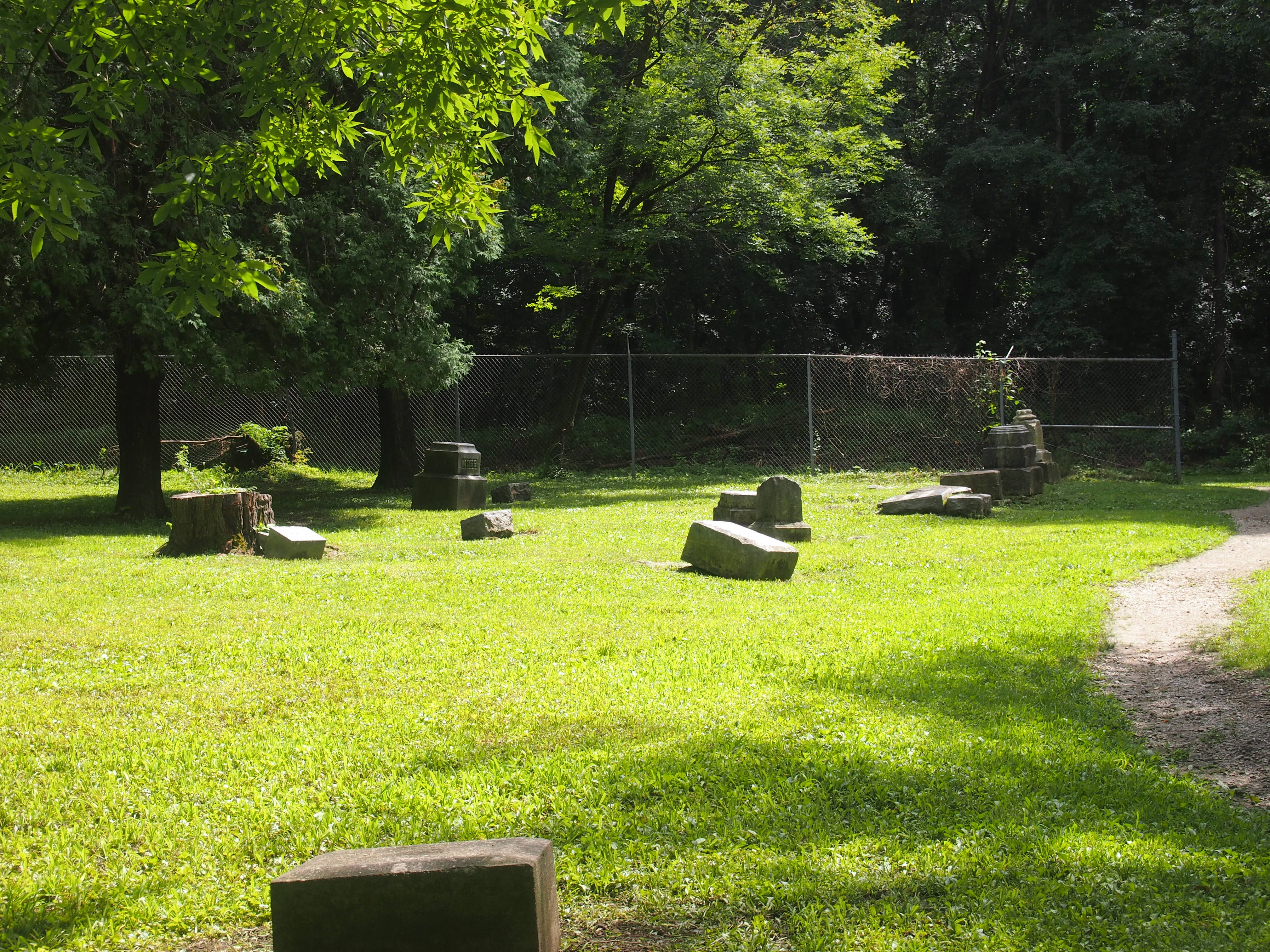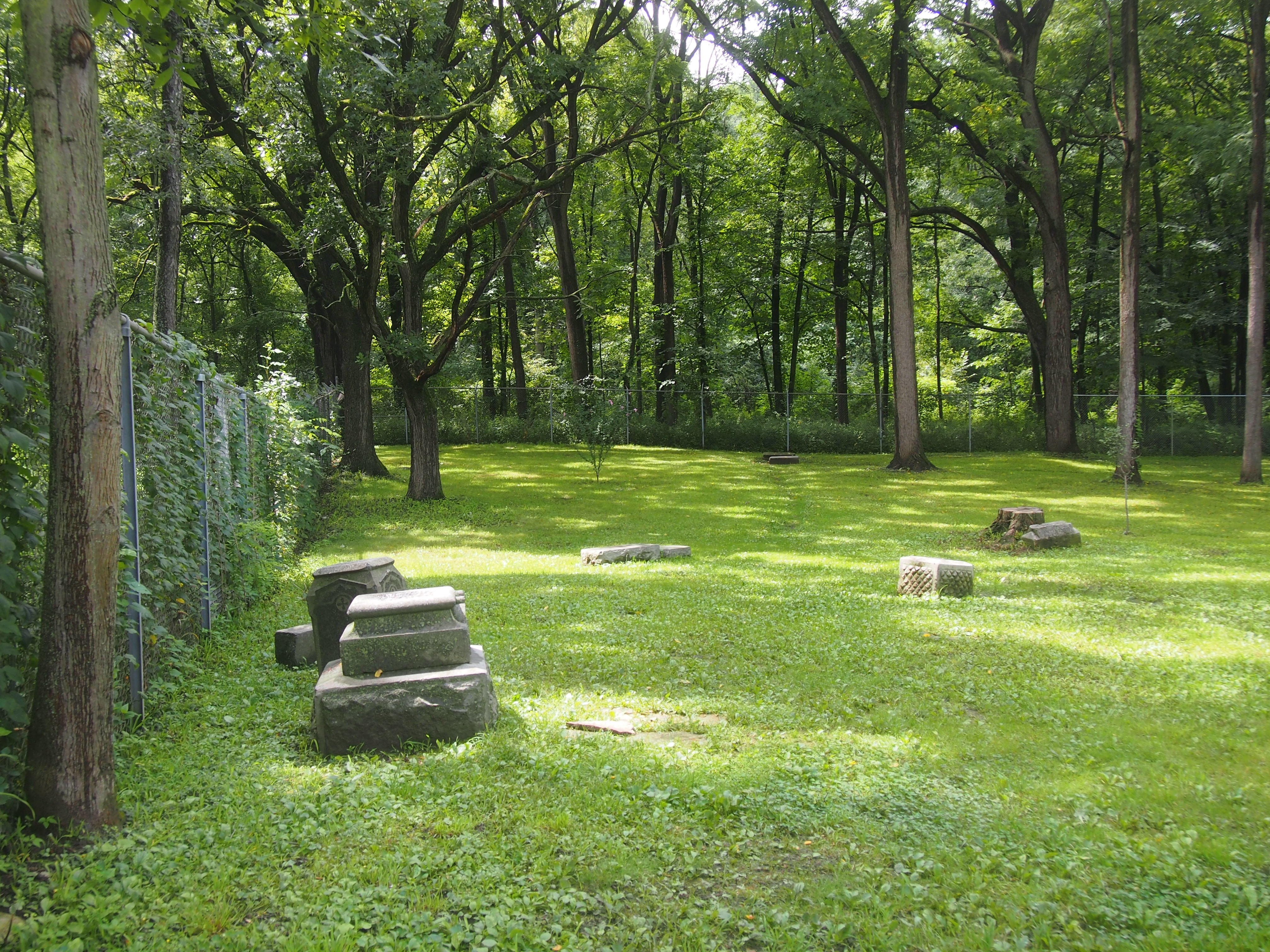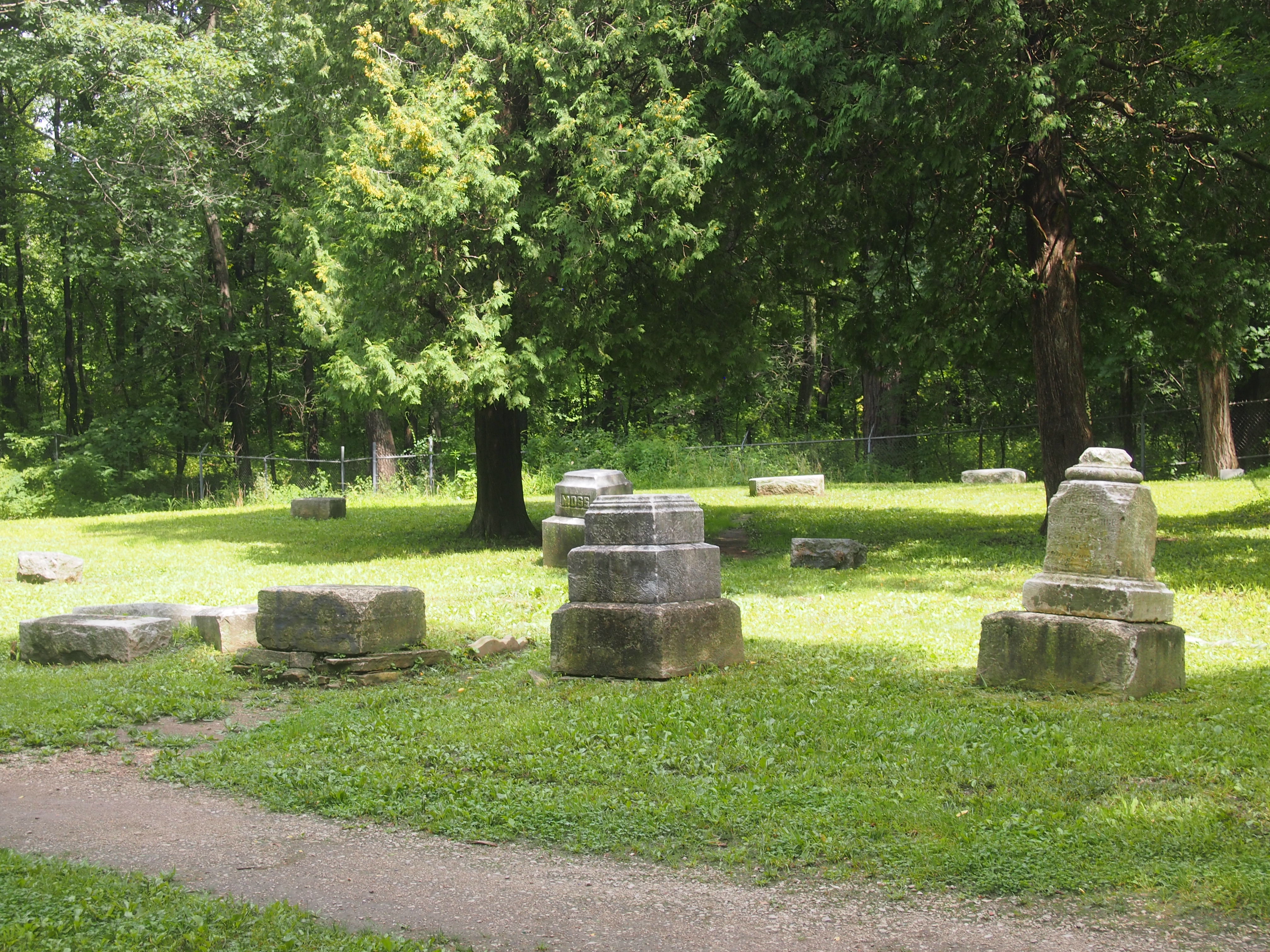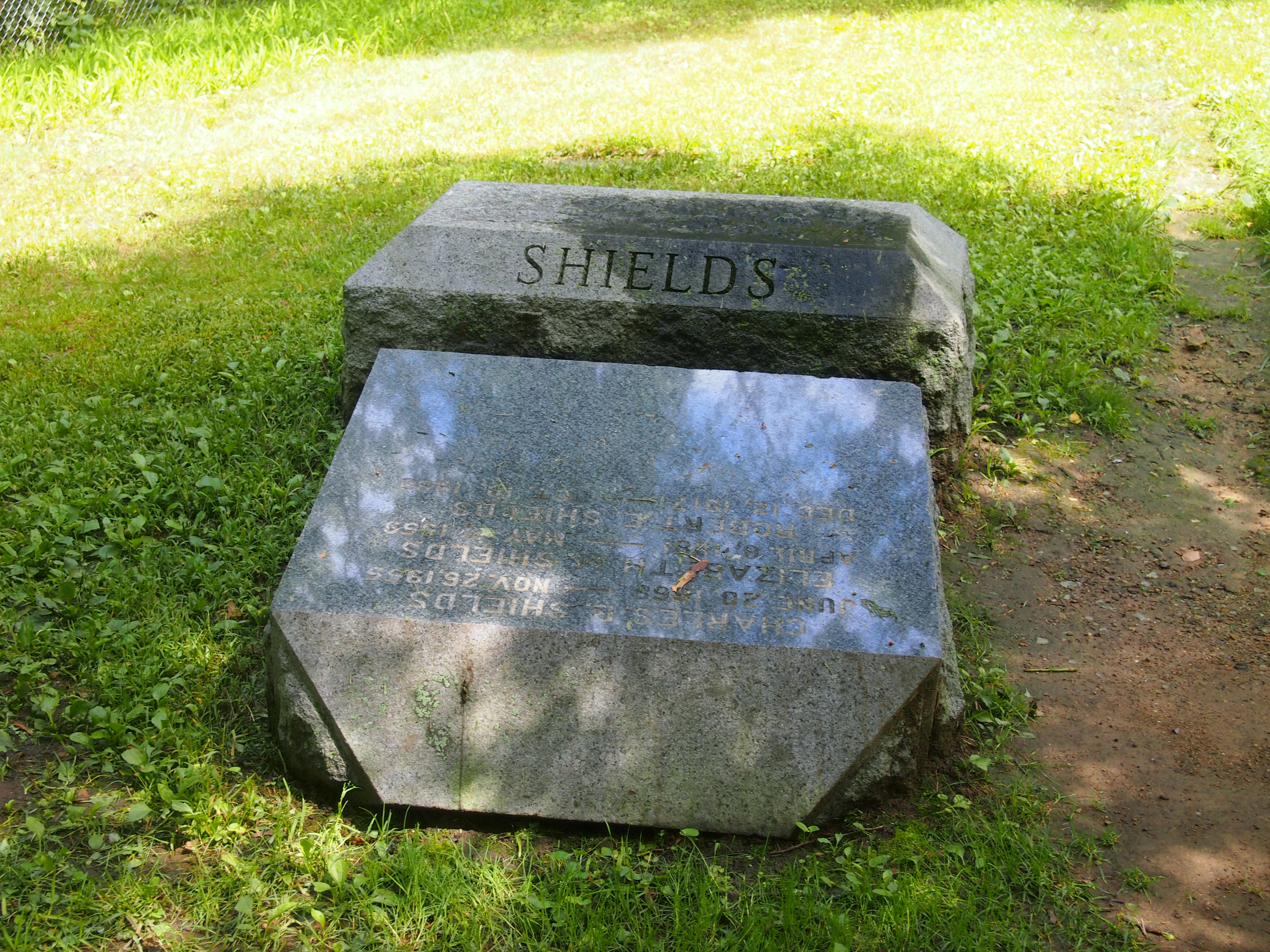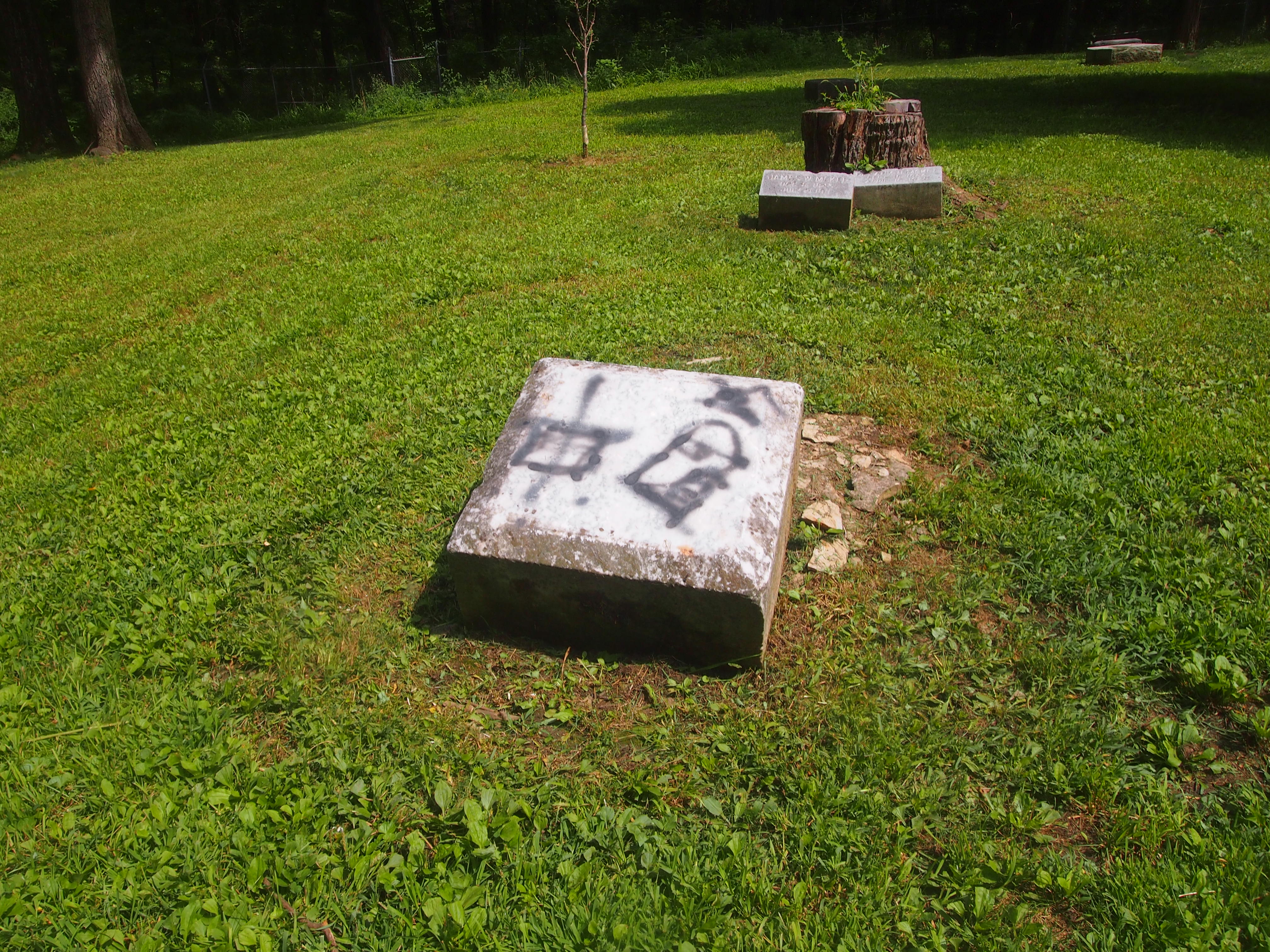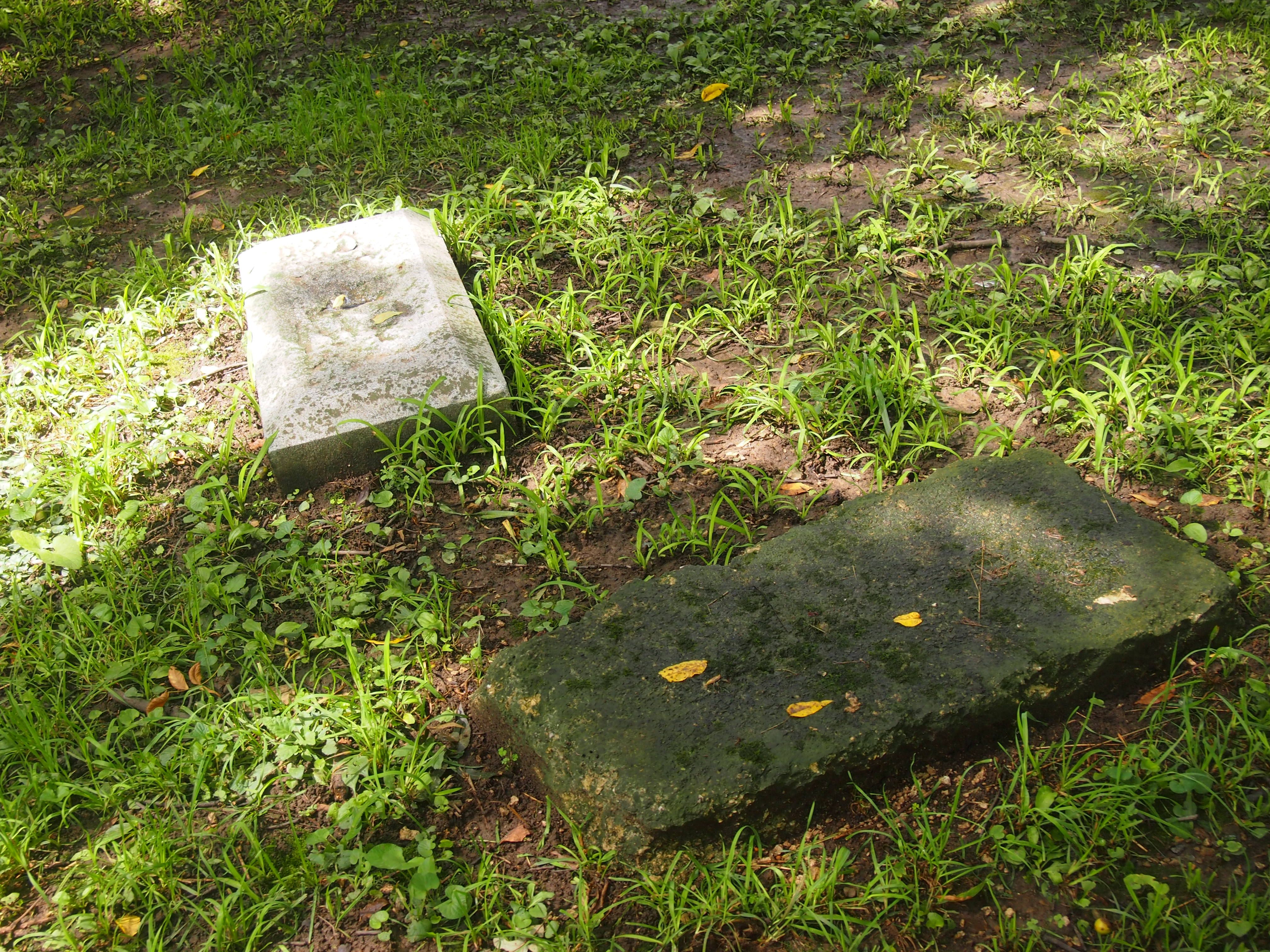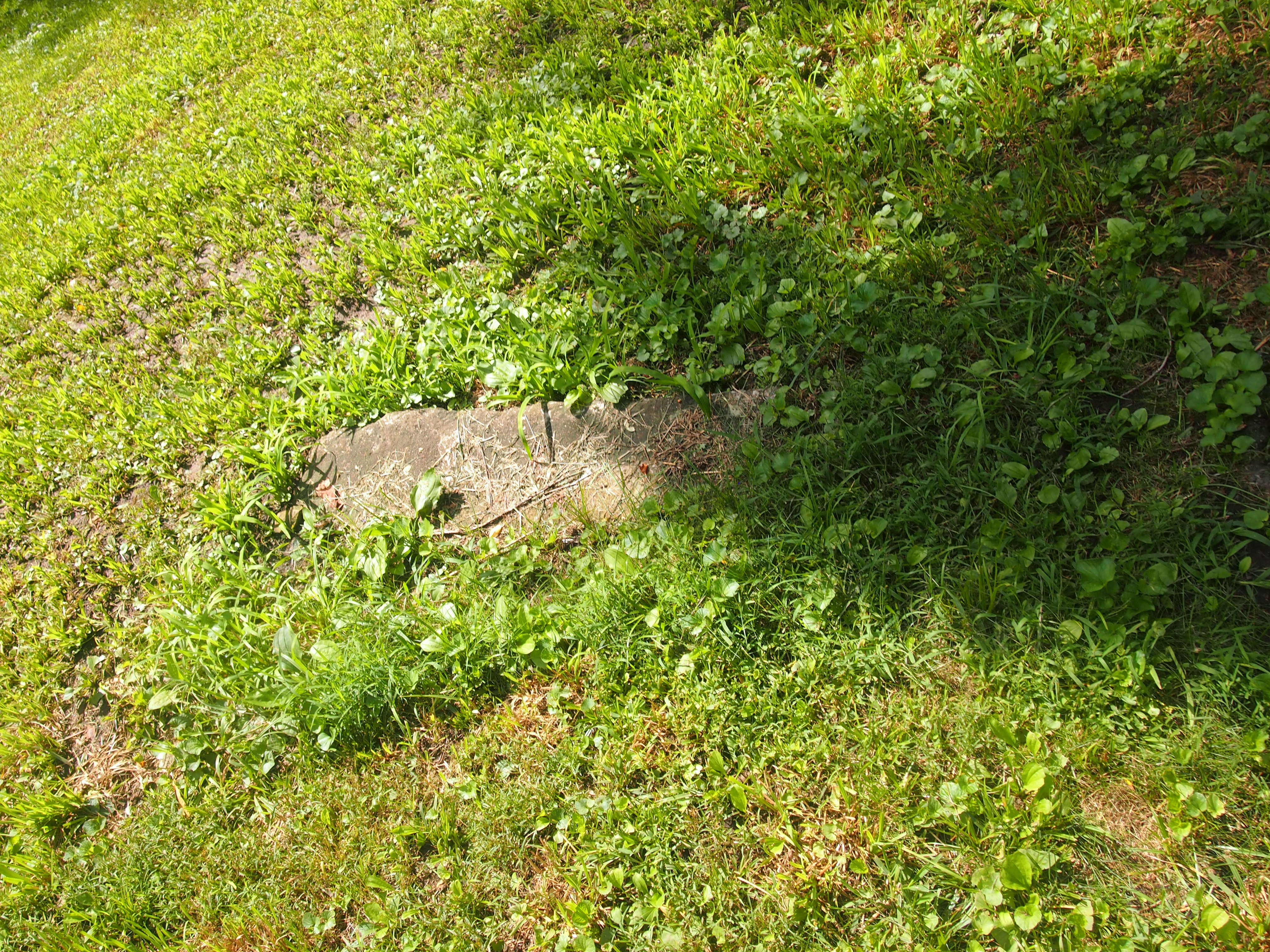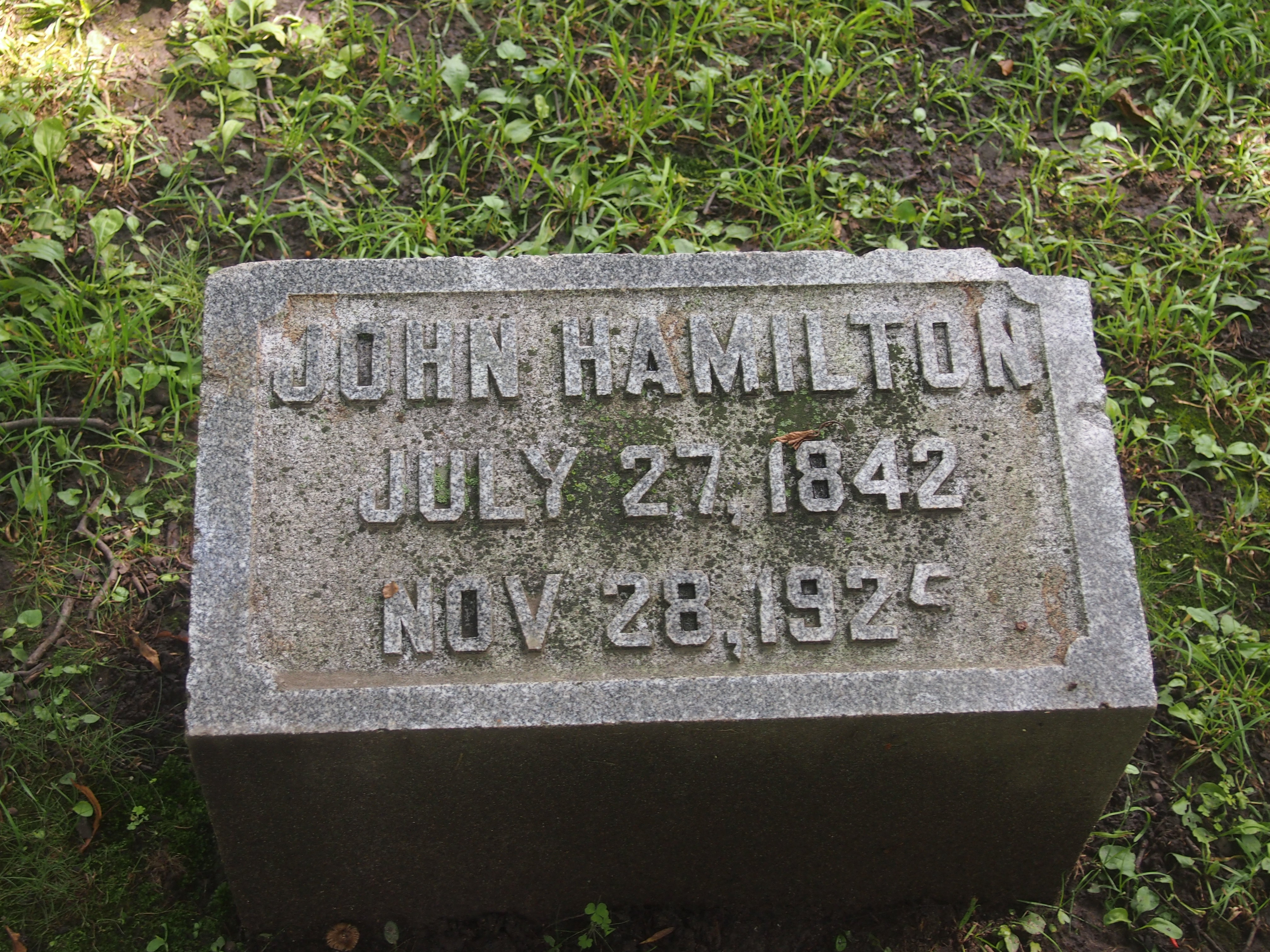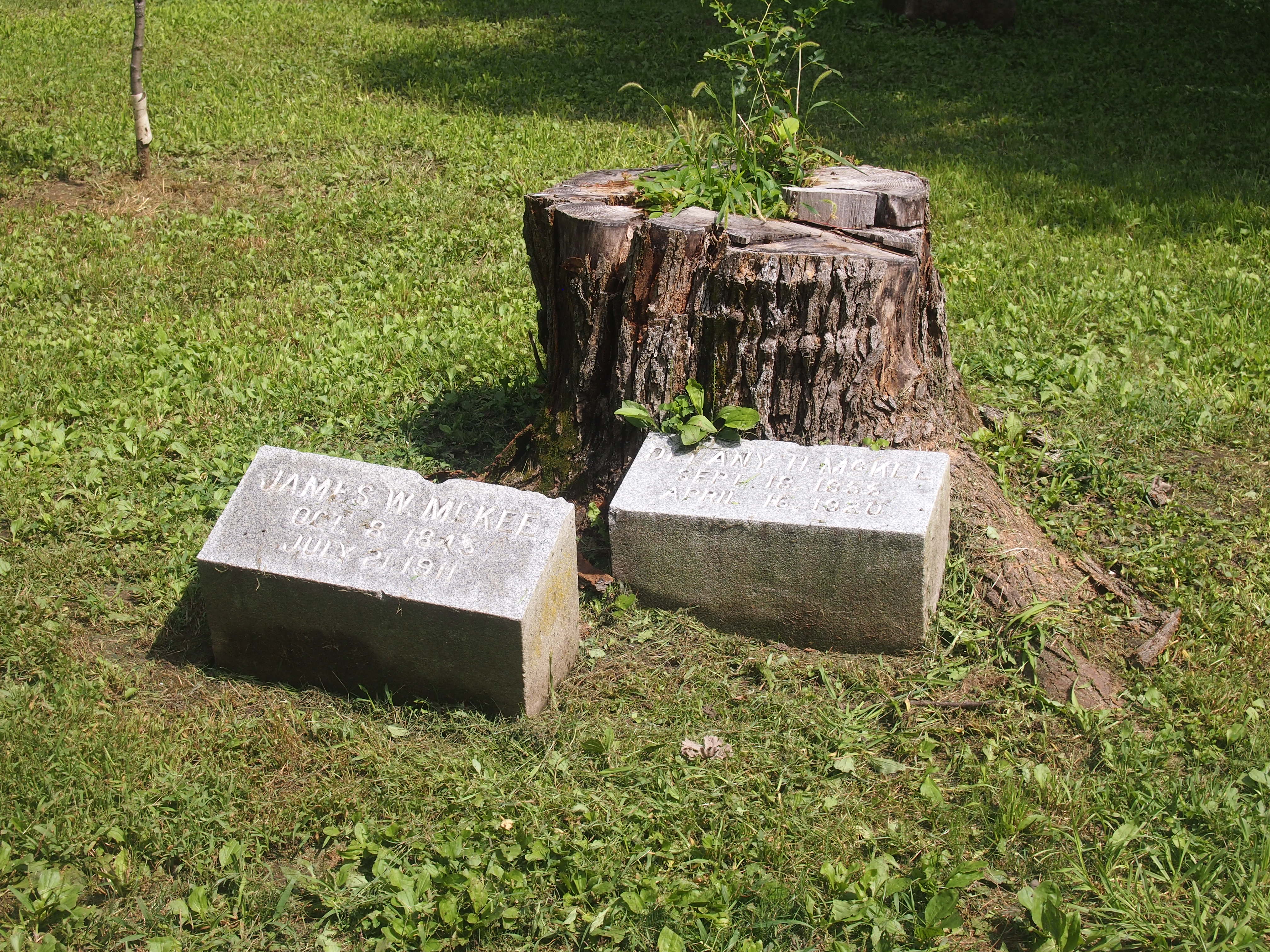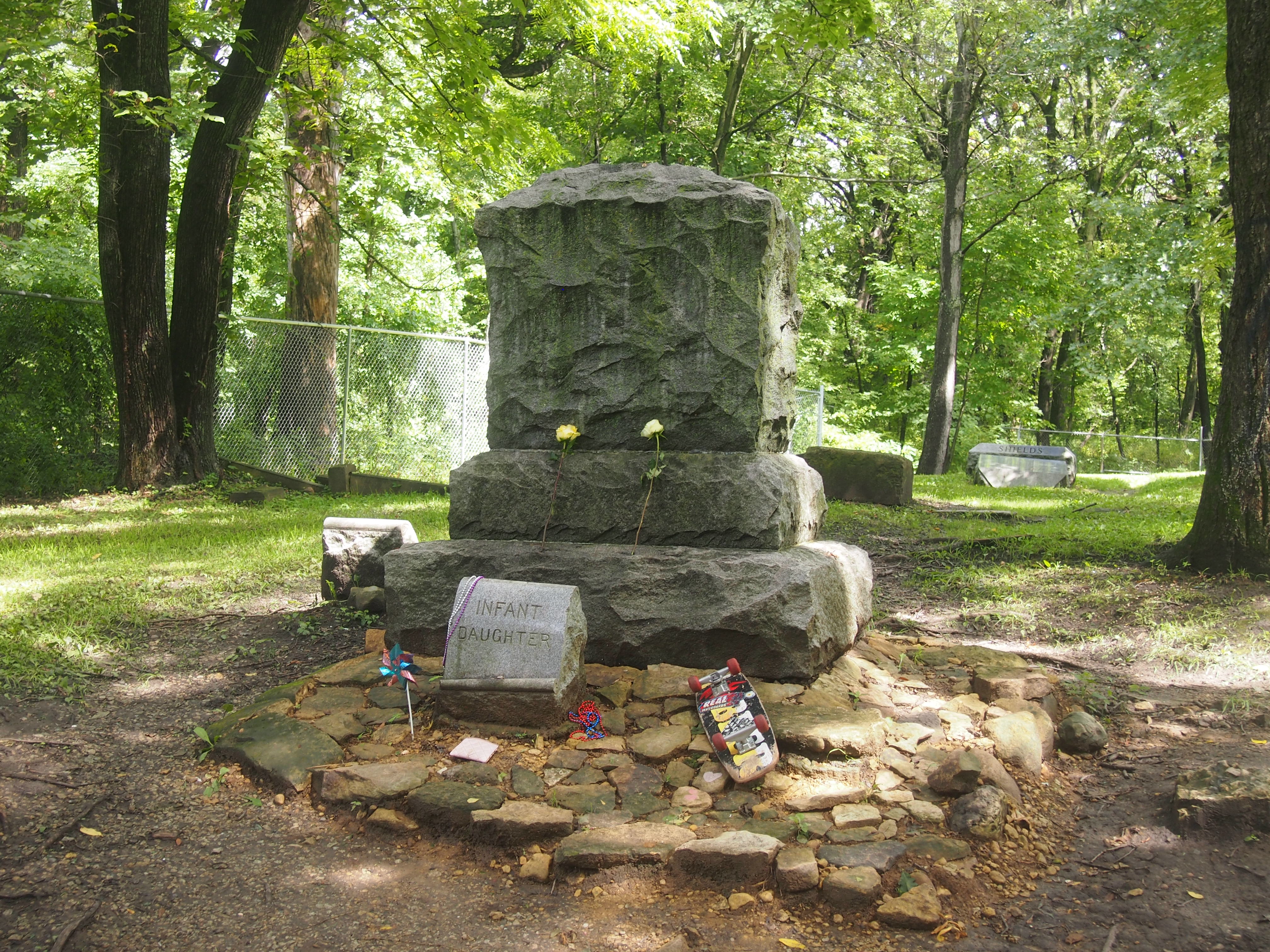The Chicago Botanic Garden is actually in Glenco, Illinois, but it would be nitpicky to insist that it be called the Greater Chicago Botanic Garden, or even the Chicagoland Botanic Garden, though that has a ring to it. Glenco is a northern suburb, as far north as you can get in Cook County. The road that leads to the garden’s entrance is in fact Lake-Cook Road, more or less the border between Lake and Cook counties.
All of the gardens’ 385 acres are south of that road, and are property of the Forest Preserve District of Cook County (just like Bachelor’s Grove Cemetery, but far away geographically and otherwise). On Saturday, Yuriko and I went to the garden because we’ve long been fond of it, because it was a warm, pleasant day, and because we couldn’t remember the last time we went. So long ago, I think, that we pushed Ann around in a stroller (later than 2004, maybe, but not much). This time Ann stayed home.
It’s a large garden, offering a multitude of plants in a variety of settings, including 27 display gardens, such as the Crescent Garden.
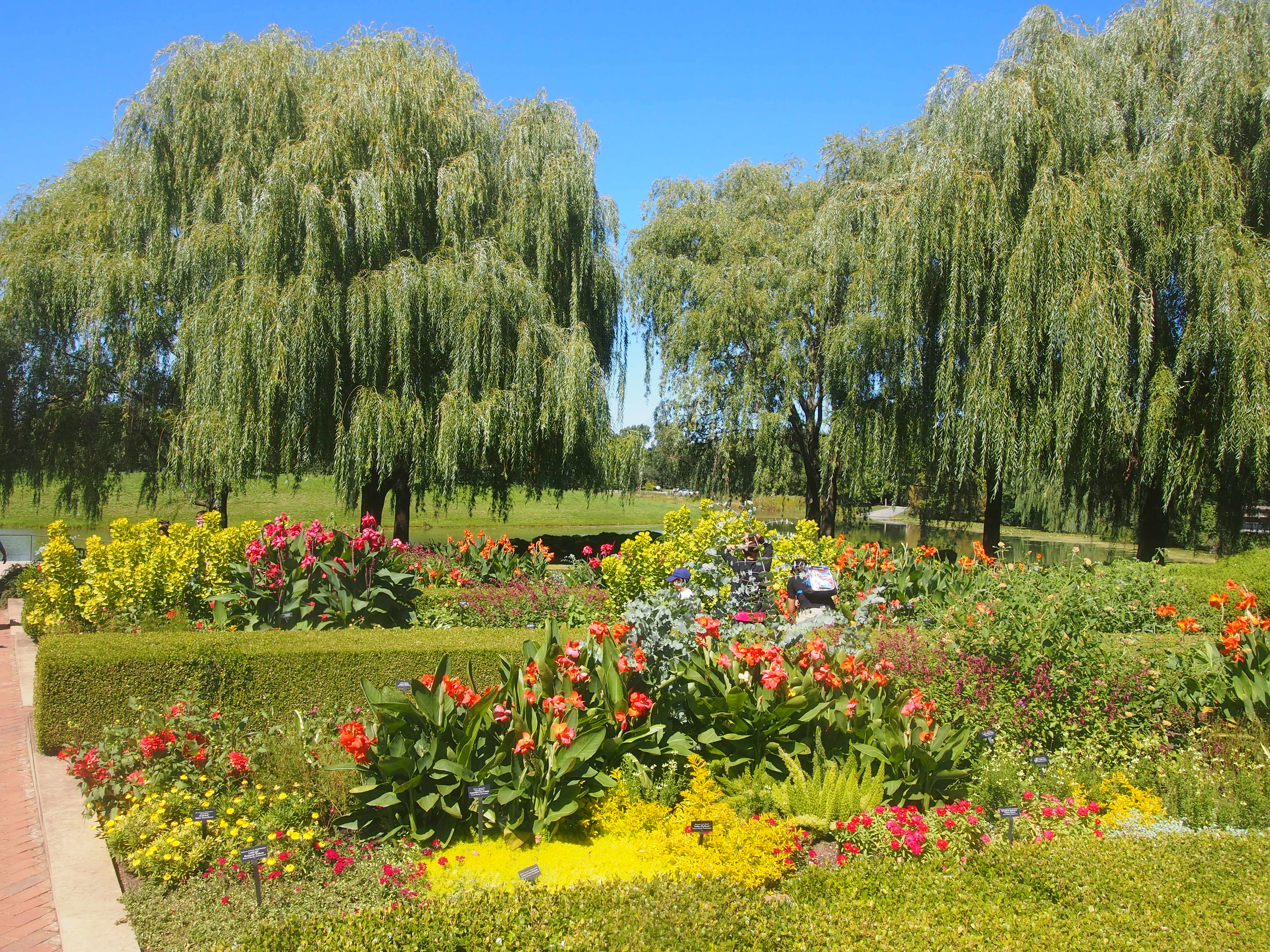 And the three-acre Rose Garden, whose flowers surround a popular lawn.
And the three-acre Rose Garden, whose flowers surround a popular lawn.
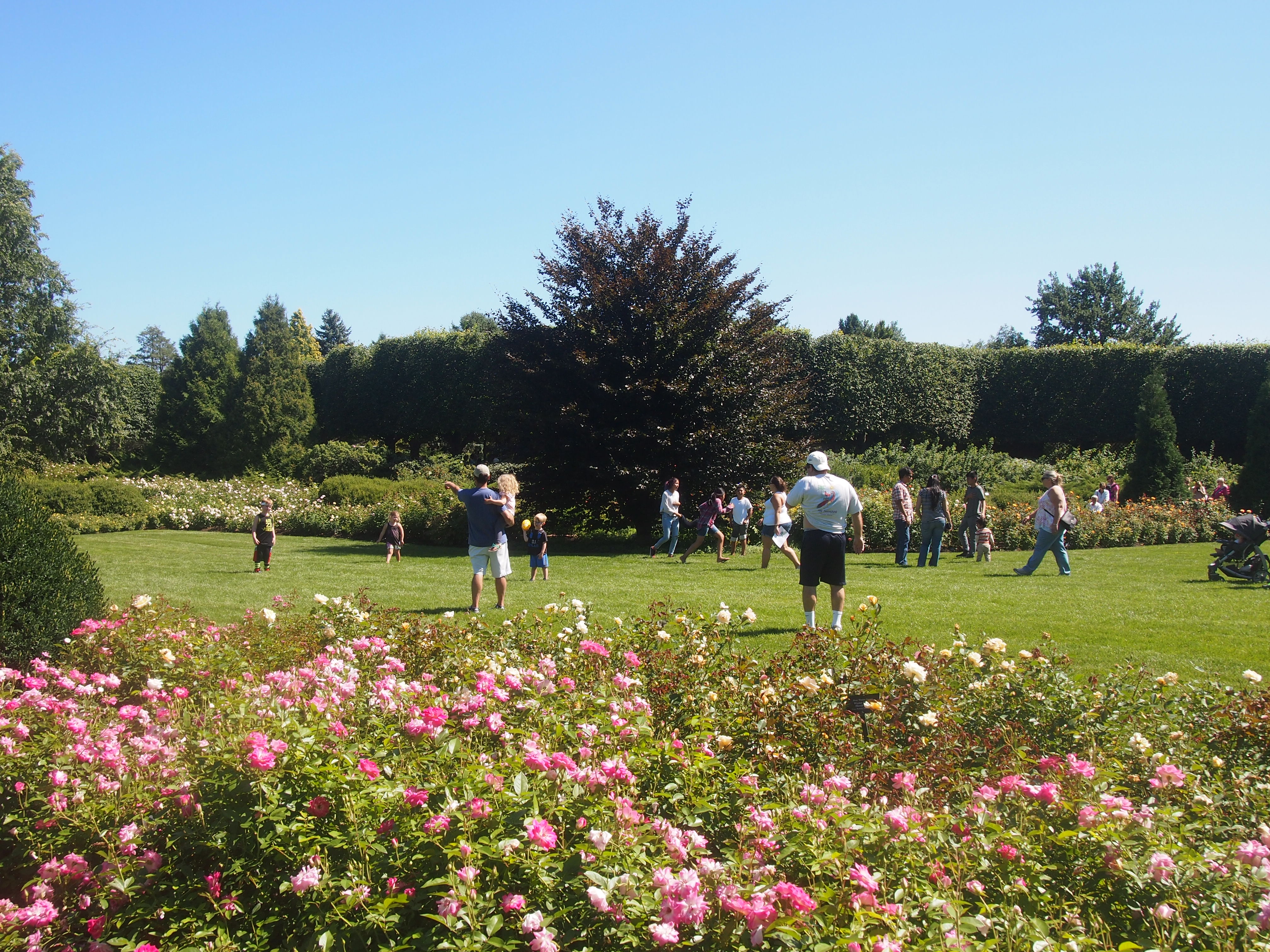 “The Rose Garden — one of the most popular spots at the Chicago Botanic Garden — also gives context and history to the storied flowers, while celebrating the best among them,” the garden’s web site asserts. “Consider the old garden roses (also called antique or heirloom roses), which were cultivated before 1867… The History of Roses Bed, which tracks the development of the rose from the earliest wild rose to the modern hybrids, also provides context. And, for inspiration, the Rose Garden features All-America Rose Selections winners, along with the best rose varieties for Midwest gardens.”
“The Rose Garden — one of the most popular spots at the Chicago Botanic Garden — also gives context and history to the storied flowers, while celebrating the best among them,” the garden’s web site asserts. “Consider the old garden roses (also called antique or heirloom roses), which were cultivated before 1867… The History of Roses Bed, which tracks the development of the rose from the earliest wild rose to the modern hybrids, also provides context. And, for inspiration, the Rose Garden features All-America Rose Selections winners, along with the best rose varieties for Midwest gardens.”
Is 1867 particularly important in the history of roses? Turns out it is. Again, I quote from the Chicago Botanic Garden, which has a brief history of roses on its site. “To bring order to the wild world of roses, the American Rose Society has classified all roses into two major categories: old garden roses (sometimes called antique or heirloom roses) and modern roses. The old roses are those that were cultivated in distinct classes prior to 1867, and the modern roses are those that followed. The year 1867 is an important one in rose history, since it marks the debut of the hybrid tea rose.” Ah. Just another thing we inherited from the corybantic 19th century.
Among the many blooms evident even in September at the Chicago Botanic Garden:
Bourbon Rose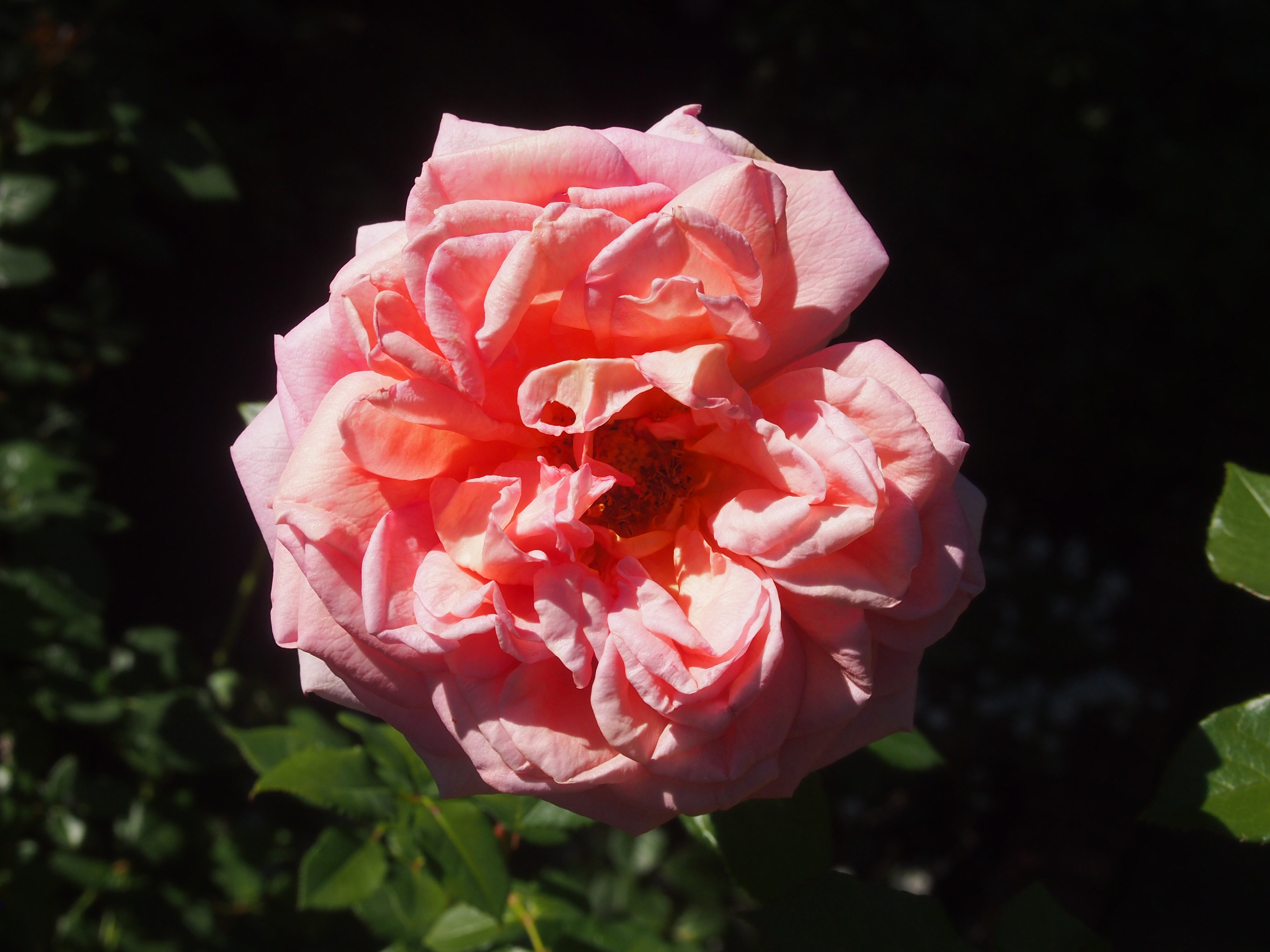 Rosa Champlain
Rosa Champlain
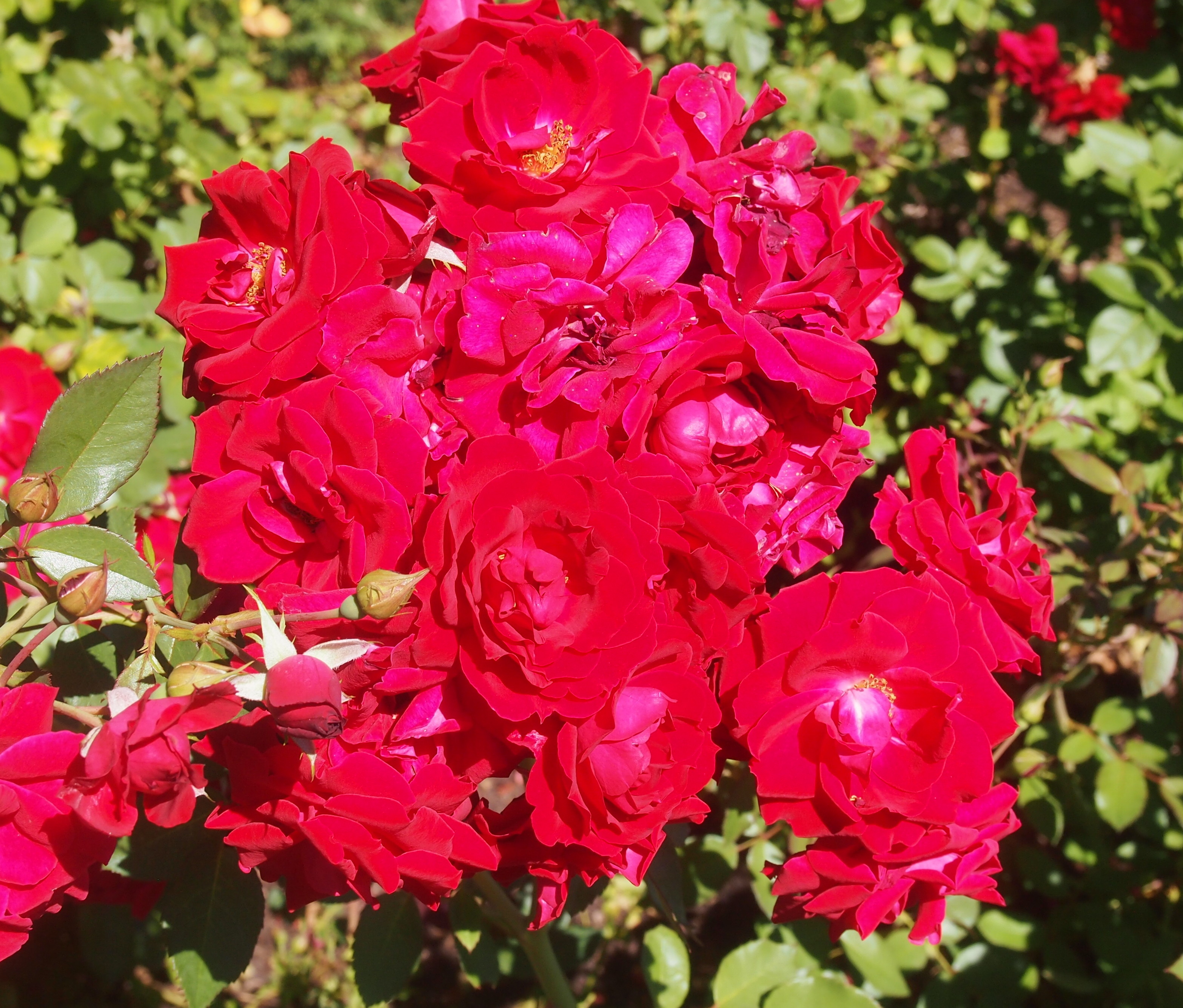 And one of those thoroughly modern hybrid tea roses (Rosa Medallion)
And one of those thoroughly modern hybrid tea roses (Rosa Medallion) 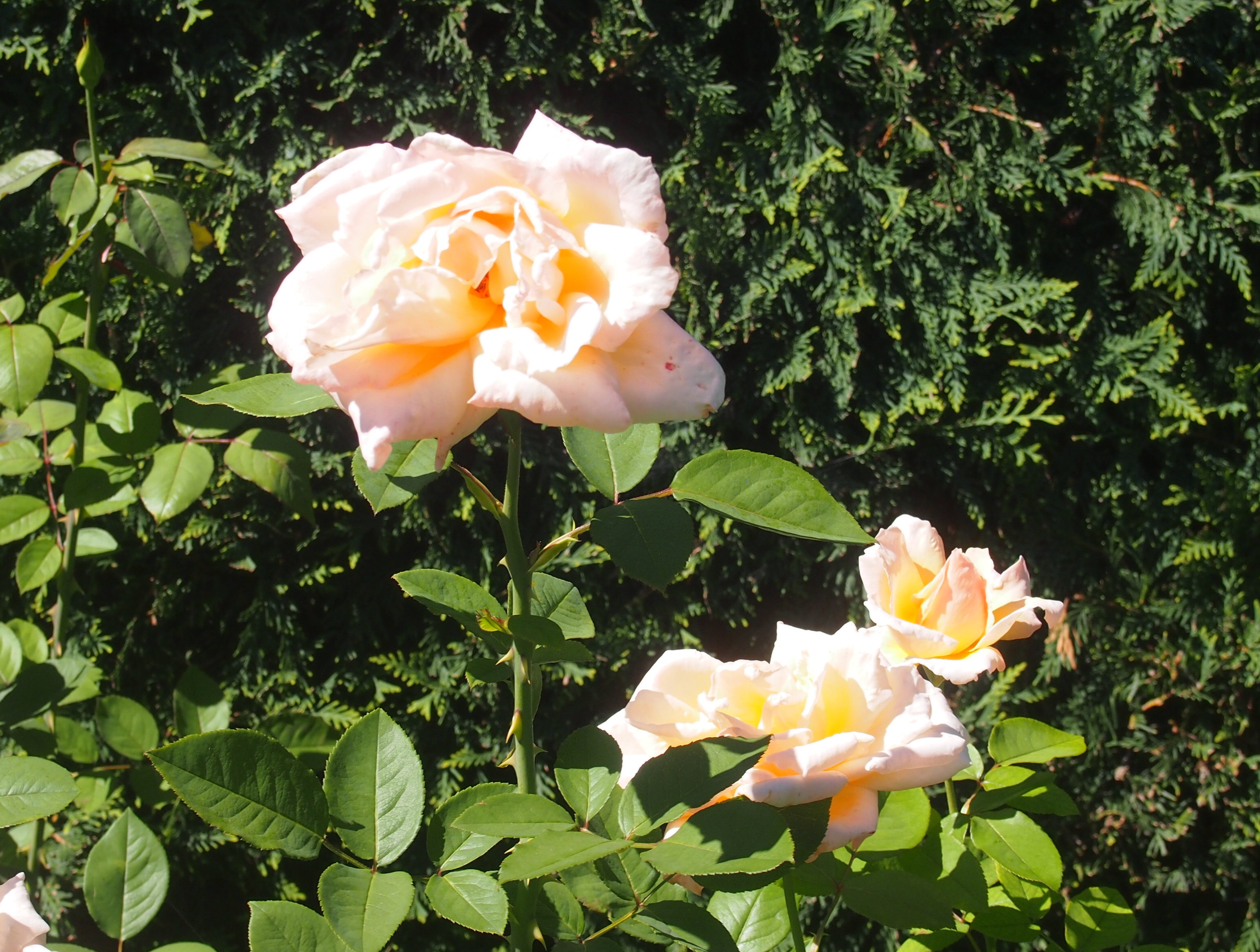 Elsewhere in the garden is the shady Waterfall Garden, whose centerpiece is a 45-foot cascade.
Elsewhere in the garden is the shady Waterfall Garden, whose centerpiece is a 45-foot cascade.
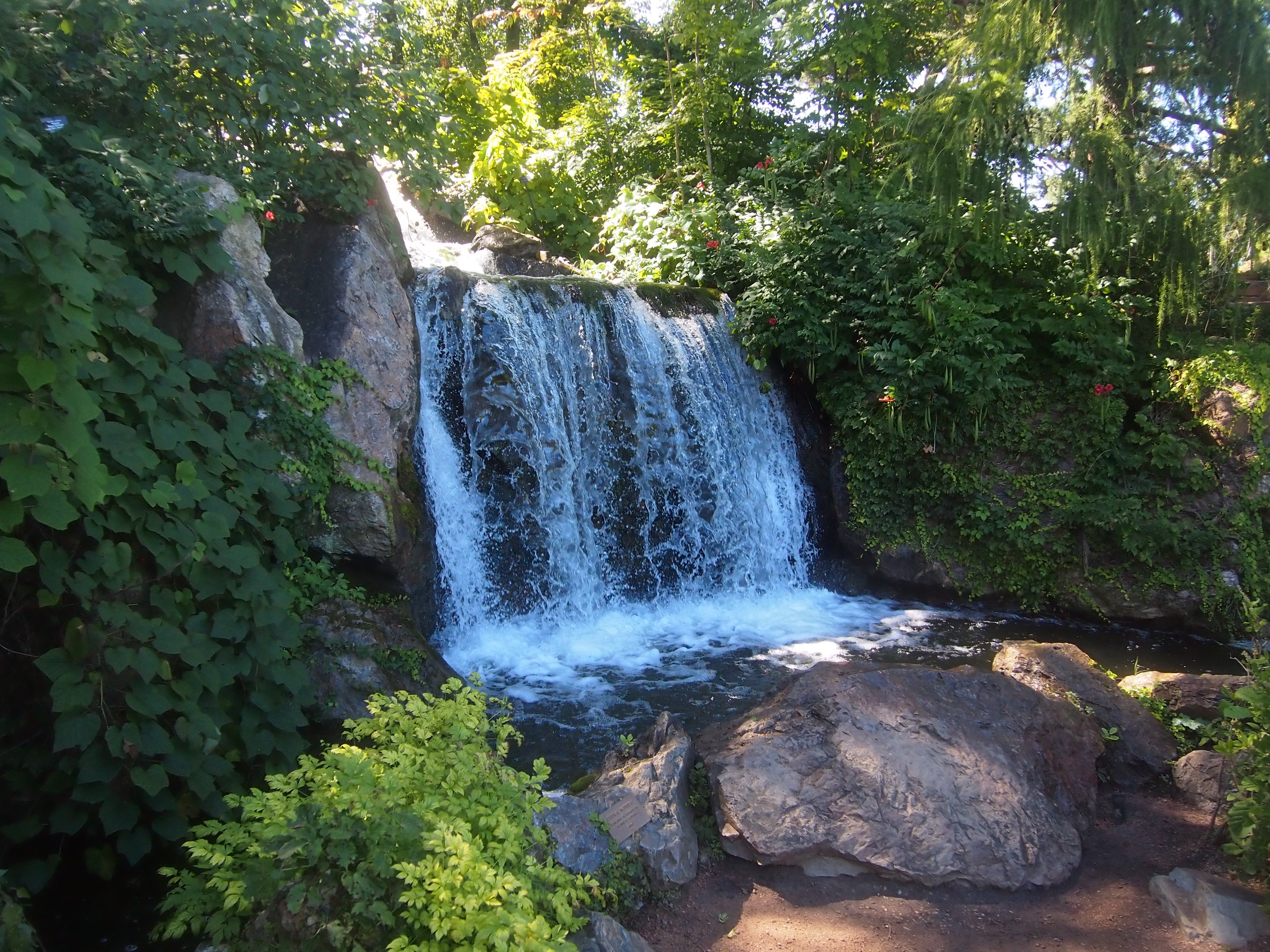 The Japanese Garden could stand alone as a destination. Part of it is an inaccessible island (at least to casual visitors) called Horaijima, or the Island of Everlasting Happiness. It’s fitting that no one can go there.
The Japanese Garden could stand alone as a destination. Part of it is an inaccessible island (at least to casual visitors) called Horaijima, or the Island of Everlasting Happiness. It’s fitting that no one can go there.
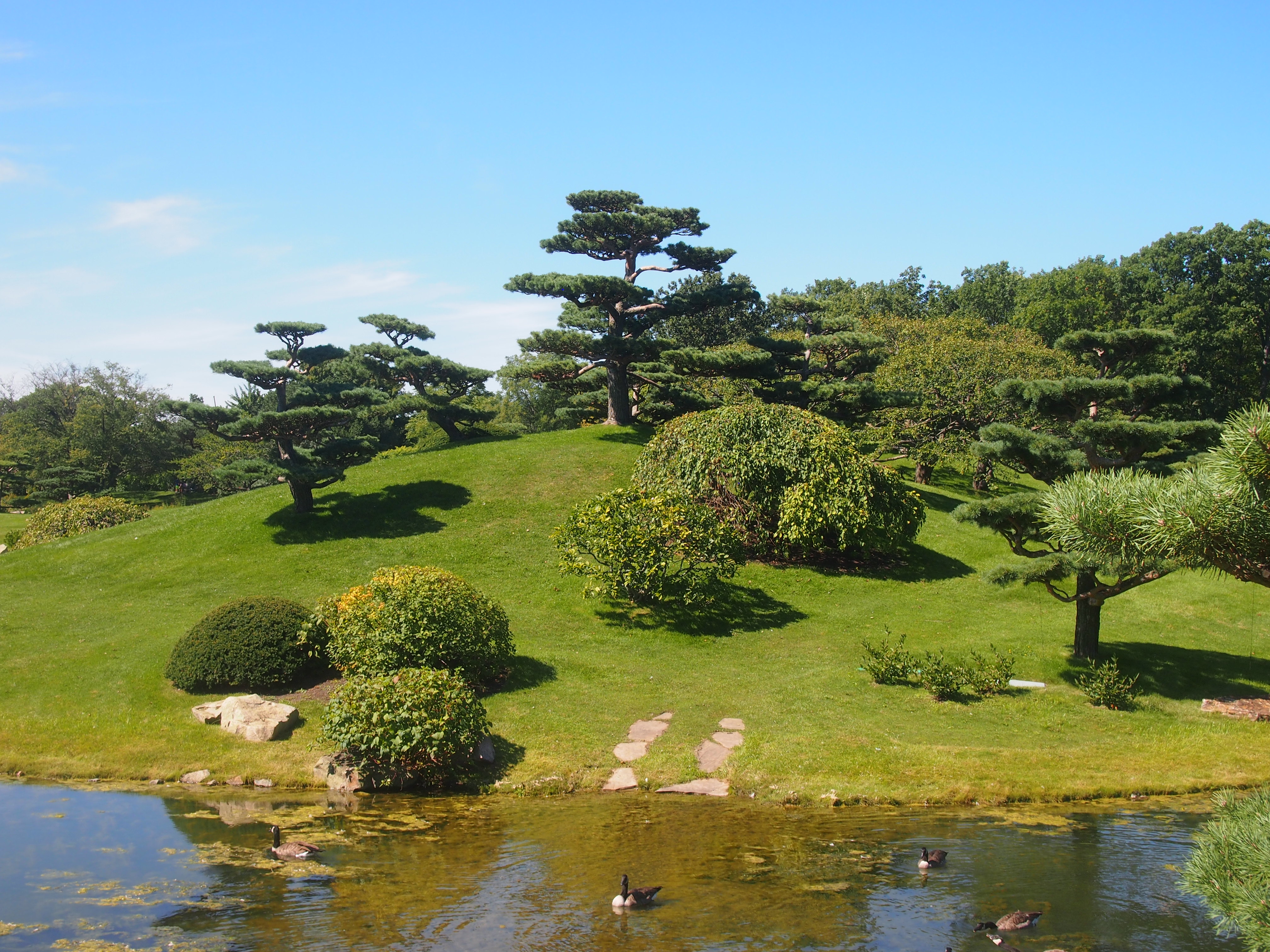 Another part of the Japanese Garden includes a Shoin (書院) House, patterned after the studies of priests and scholars, with antecedents as far back as the Muromachi era (ca. 1336 to 1573), though this particular house was finished in 1982.
Another part of the Japanese Garden includes a Shoin (書院) House, patterned after the studies of priests and scholars, with antecedents as far back as the Muromachi era (ca. 1336 to 1573), though this particular house was finished in 1982.
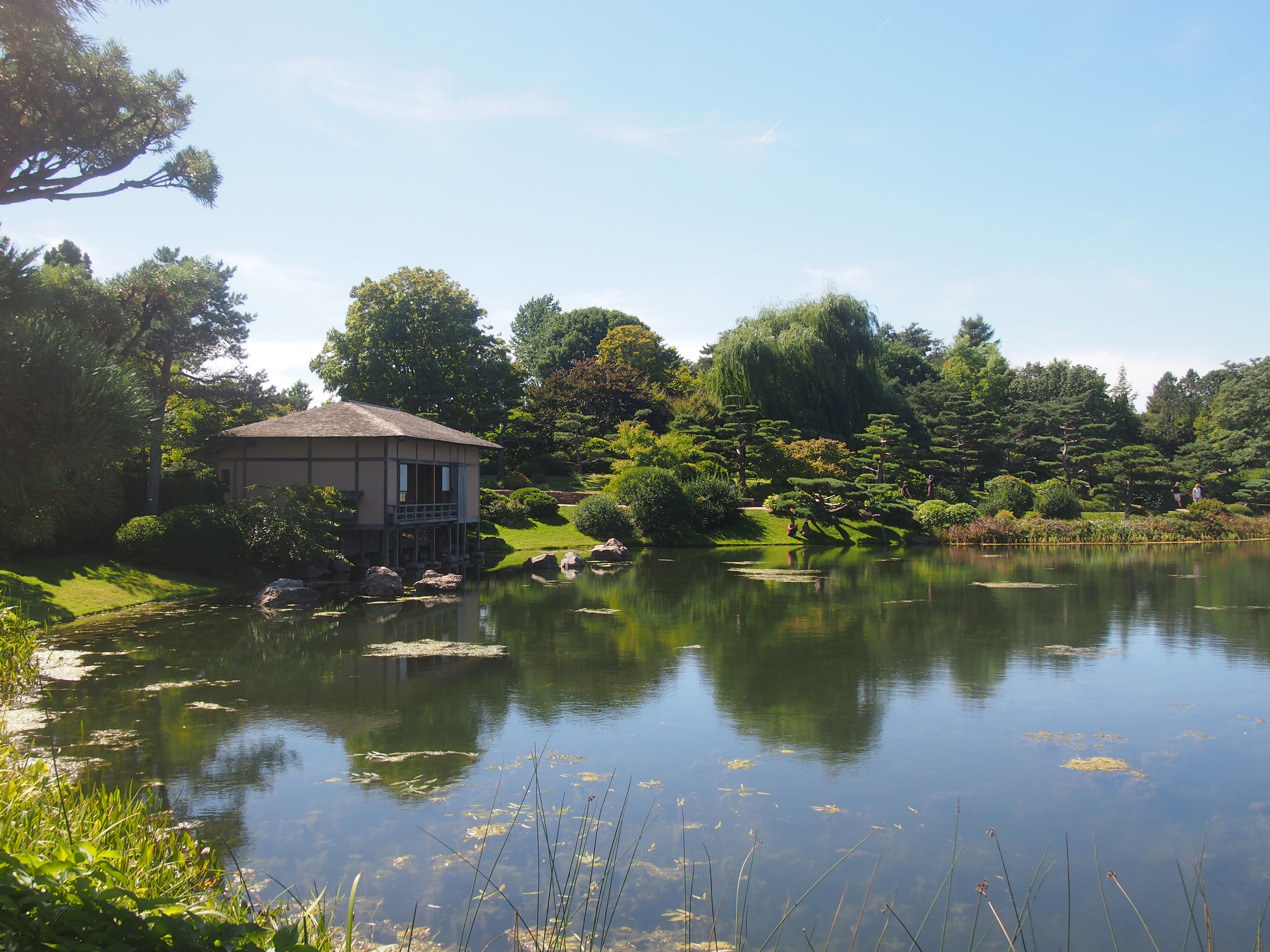 Among many other plants, the Evening Island sports enormous grass.
Among many other plants, the Evening Island sports enormous grass.
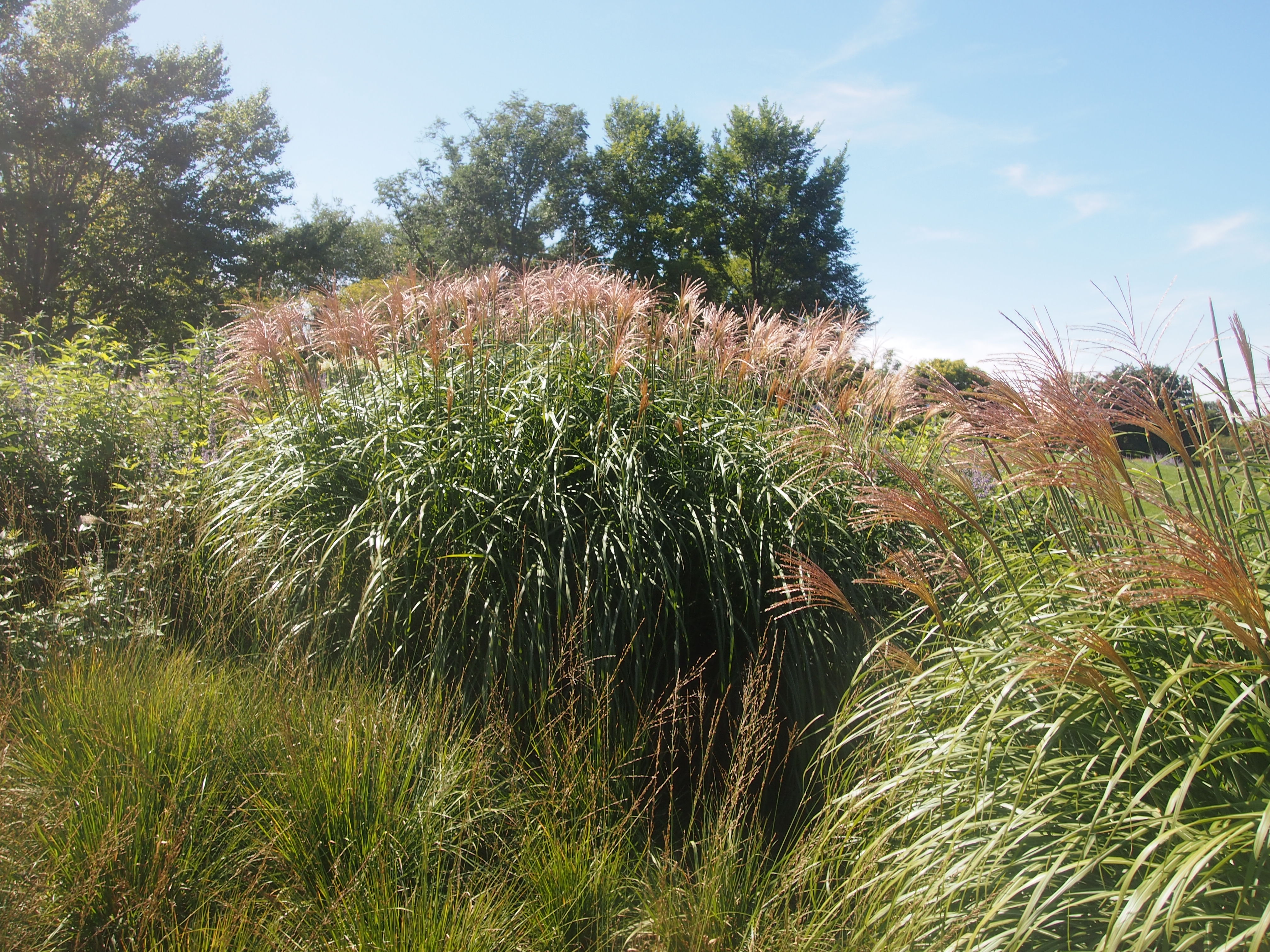 “Evening Island is an example of the New American Garden style of landscape design, which features vast naturalistic sweeps of low-maintenance grasses, perennials, and roses to create a living tapestry,” the garden says. “The garden is sited, appropriately, between the formality of the English Walled Garden and the wildness of the native Prairie.”
“Evening Island is an example of the New American Garden style of landscape design, which features vast naturalistic sweeps of low-maintenance grasses, perennials, and roses to create a living tapestry,” the garden says. “The garden is sited, appropriately, between the formality of the English Walled Garden and the wildness of the native Prairie.”
The English Walled Garden was the site of a wedding on the afternoon of September 3, so it was closed to other visitors. I remember that it’s a lovely place, though.
We wandered through a number of other sites at the garden as well, such as the Sensory Garden, Spider Island, the Circle Garden, and bonsai collection and the greenhouses. We didn’t see many other places. It’s like a major art museum in that way: too much for any single visit.
I did start taking notes of some of the plant names that interested me. With a digital camera and a lot of signs identifying plants, that was easy. Some examples of common names, not scientific names, just to keep things simpler: Siberian Bugloss, Virginia Waterleaf, Mountain Bluet, Columbine Meadowrue, Southern Blue Monkshood, Fairy Bells, Chocolate Dragon Smartweed [sounds like something you can buy in a shop in Seattle], Black Adder Hyssop, Cranberry Cotoneaster, Venice Masterwort, Purple Rain Jacob’s Ladder, Floss Flower, and Art Deco Zinnia.
I have to publish a picture of that last one.
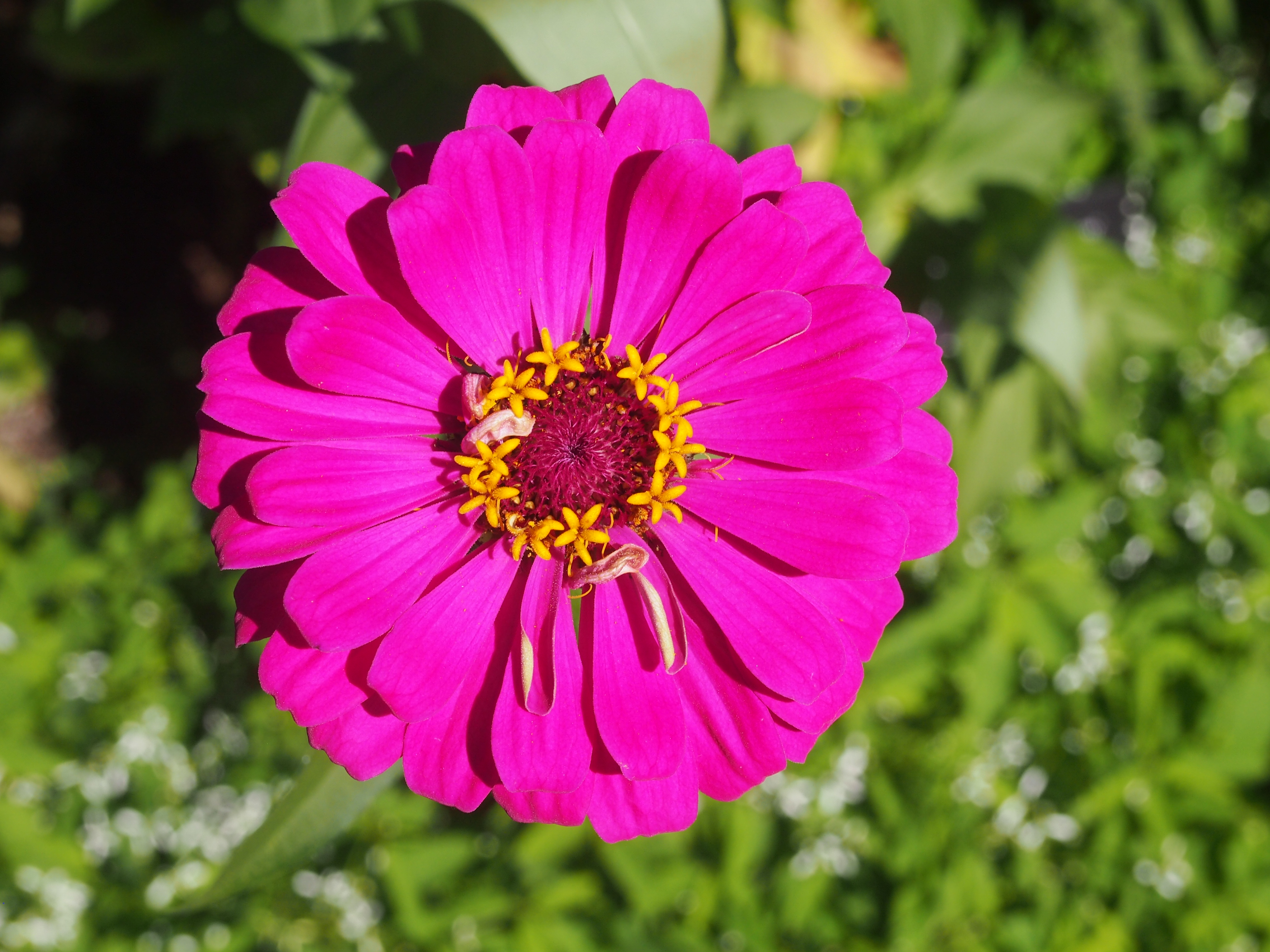 Wish I had a memory for plant names and characteristics.
Wish I had a memory for plant names and characteristics.
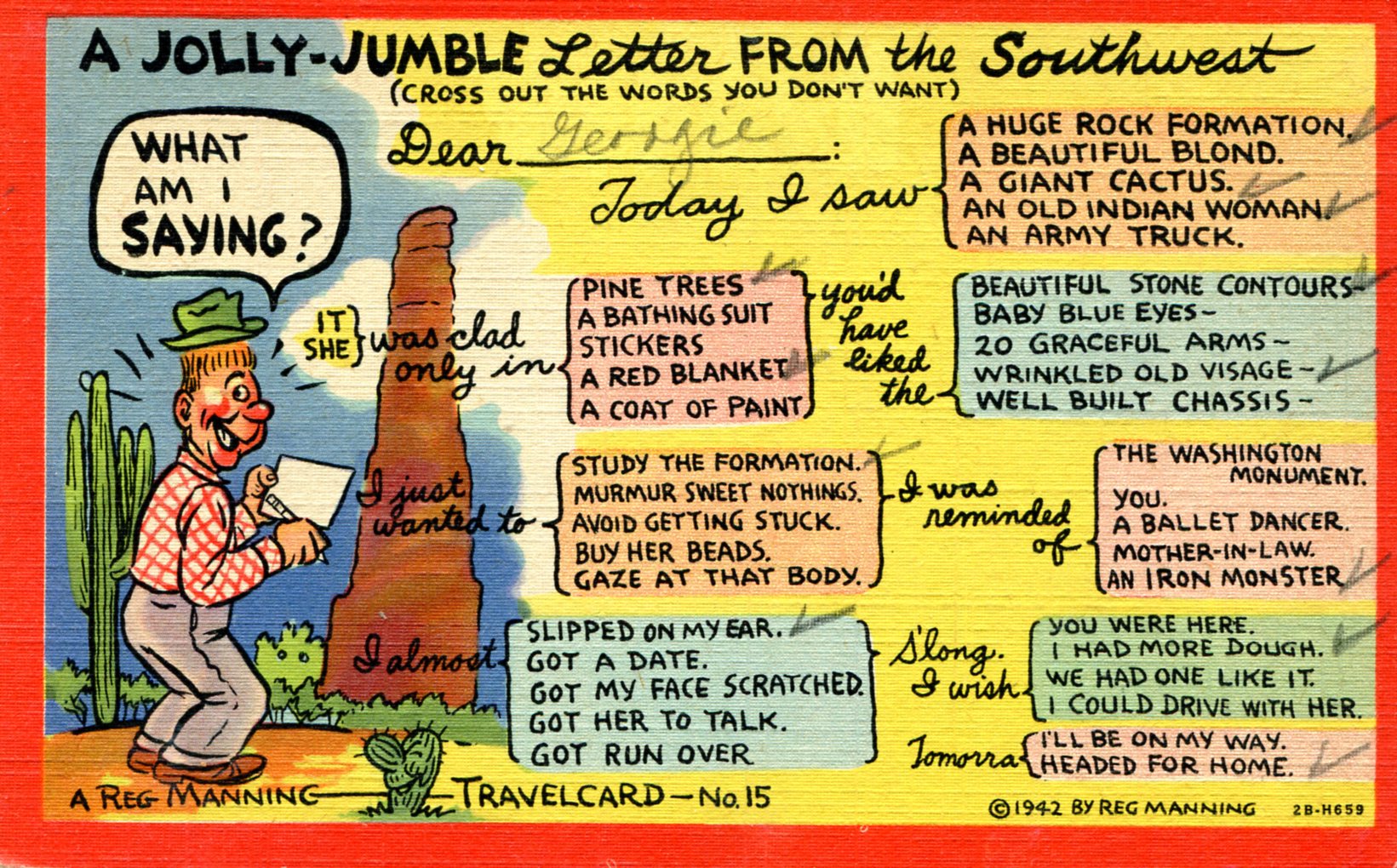 His style seems familiar. Probably I’ve seen his work without attaching a name to it. The card I have, copyrighted 1942, was mailed from Flagstaff in March 1946, addressed to a Master Georgie, so I’ll assume it was from a relative or family friend to a child — no one signed the card.
His style seems familiar. Probably I’ve seen his work without attaching a name to it. The card I have, copyrighted 1942, was mailed from Flagstaff in March 1946, addressed to a Master Georgie, so I’ll assume it was from a relative or family friend to a child — no one signed the card.